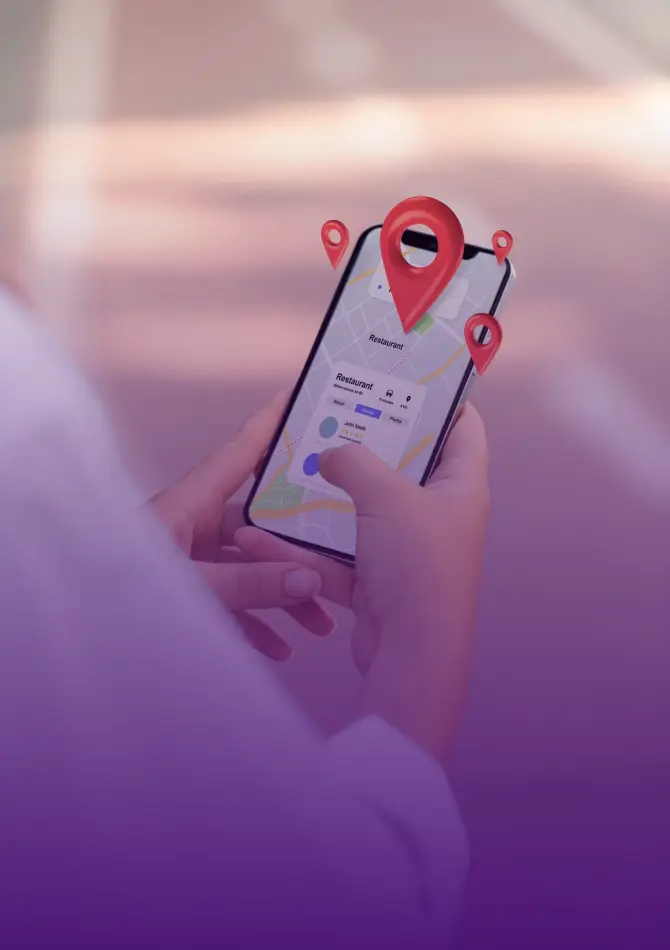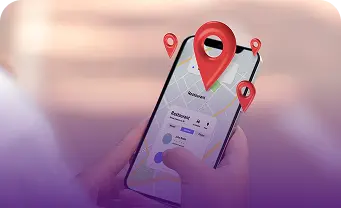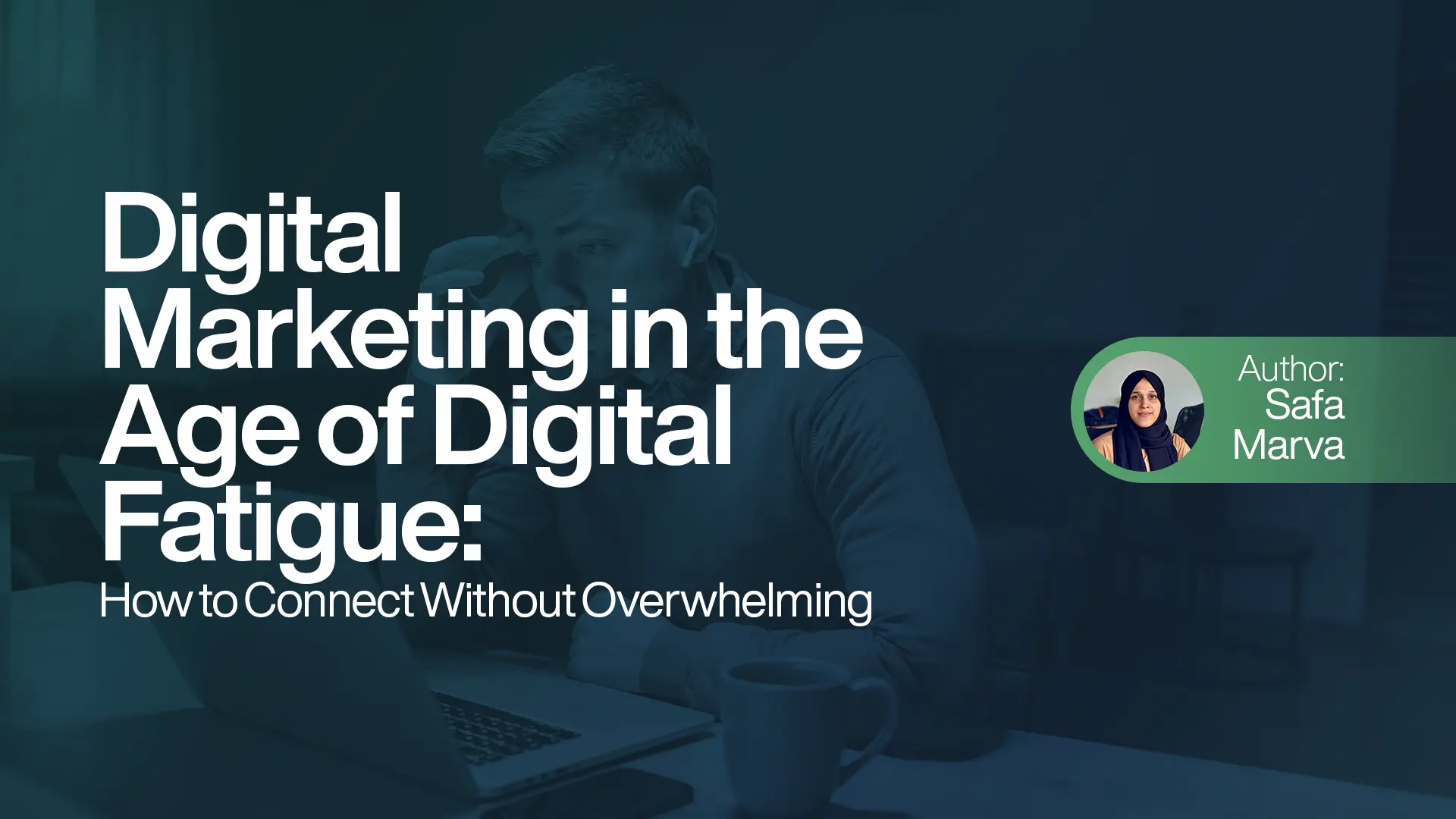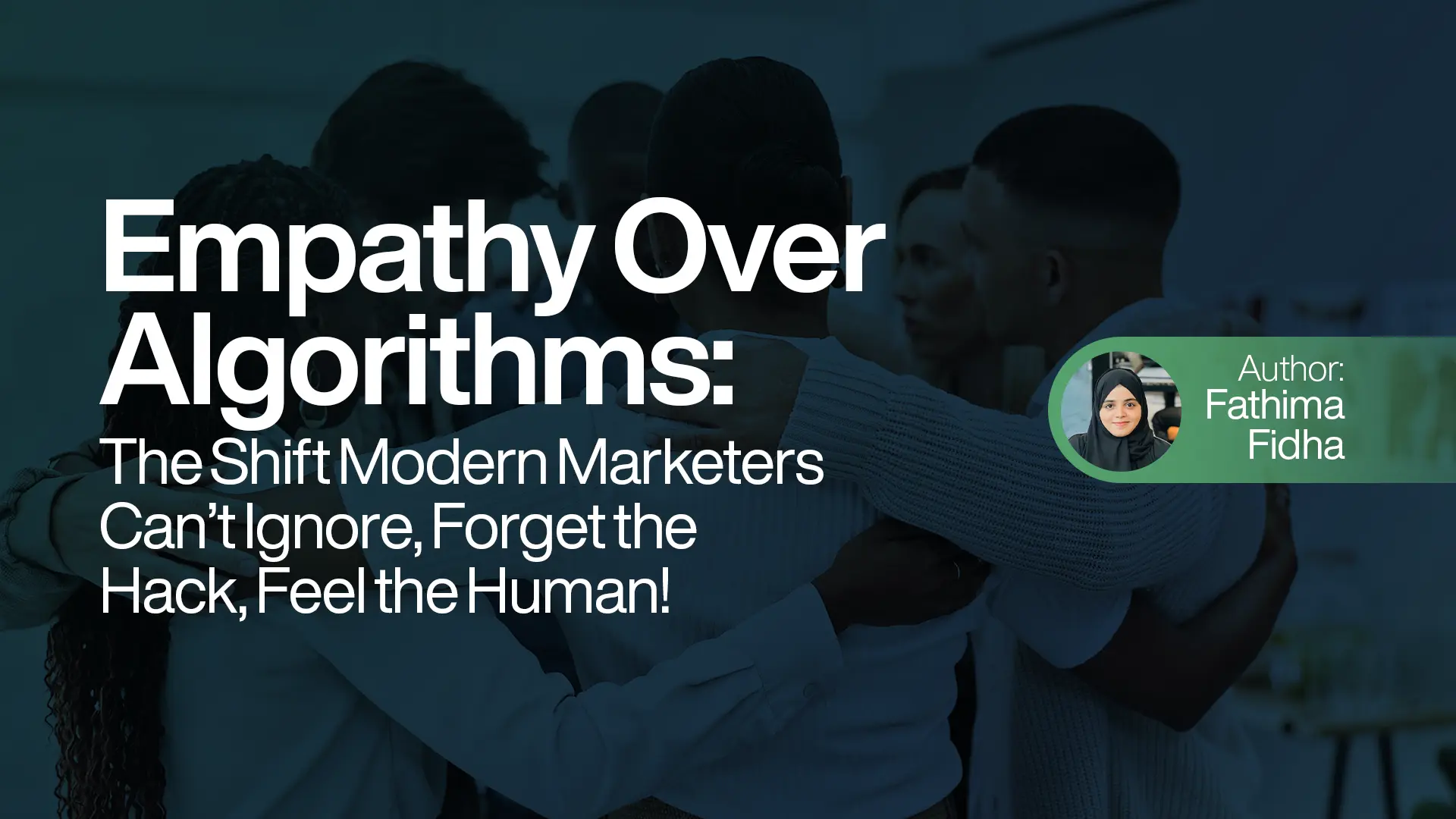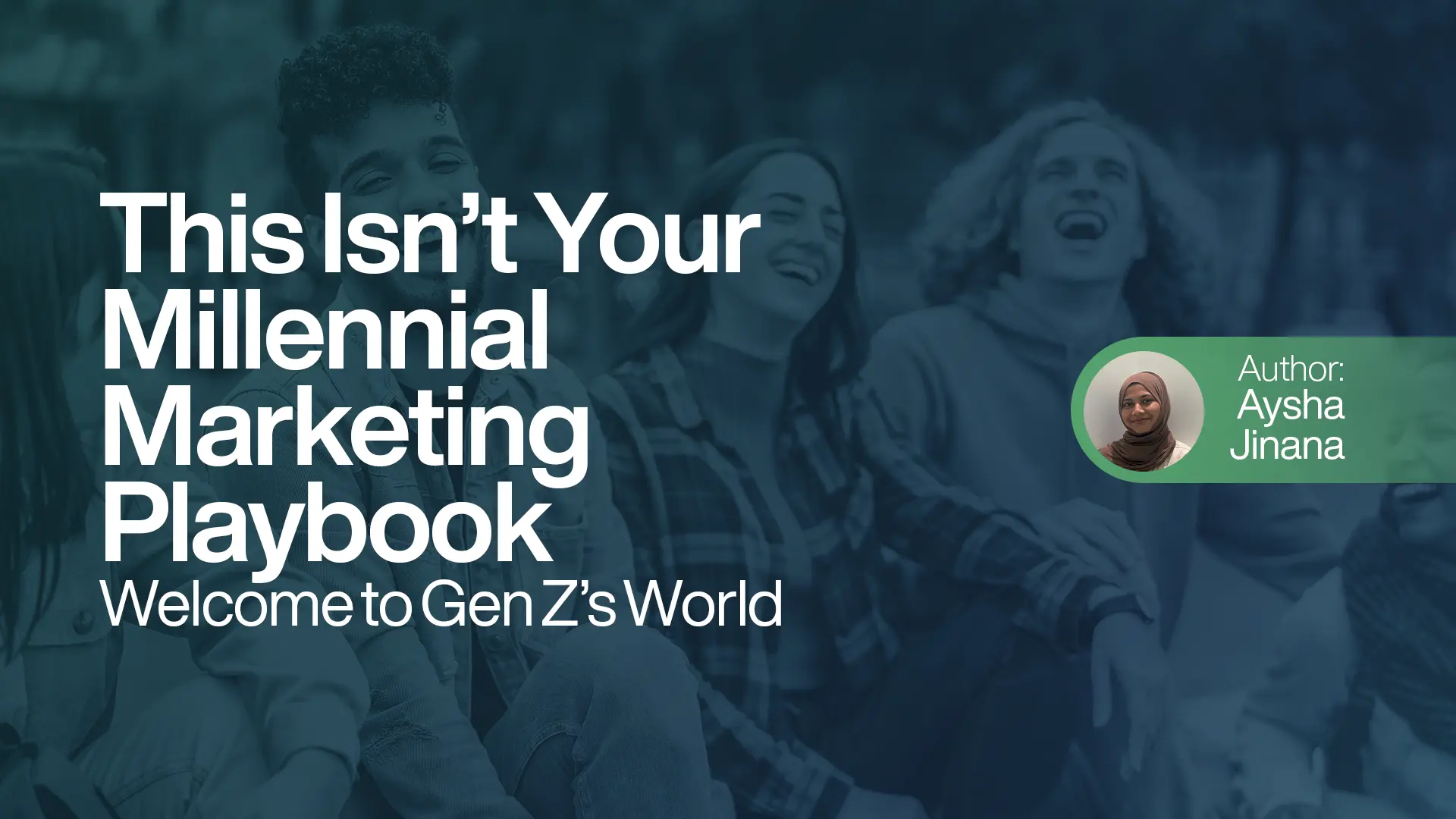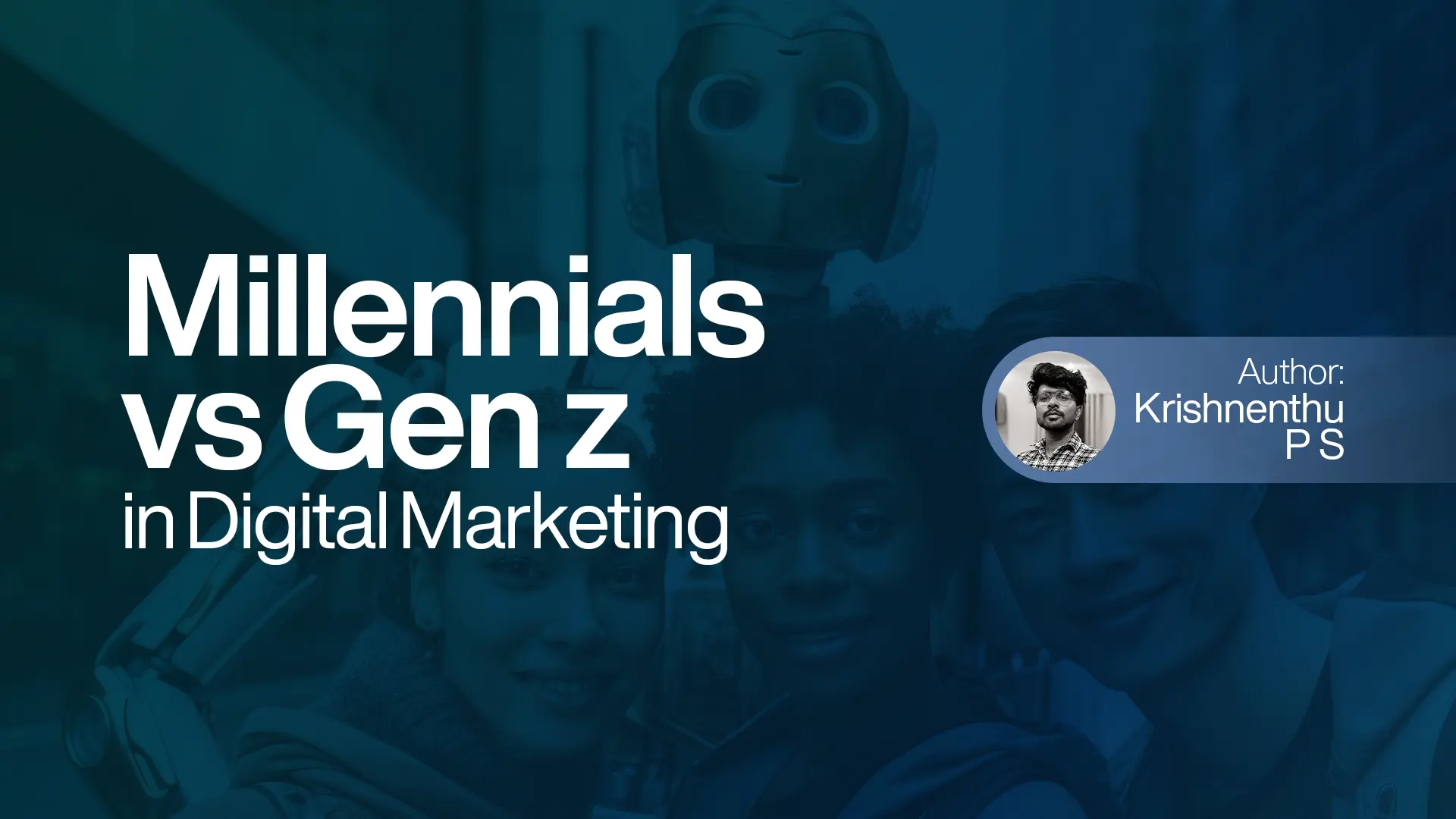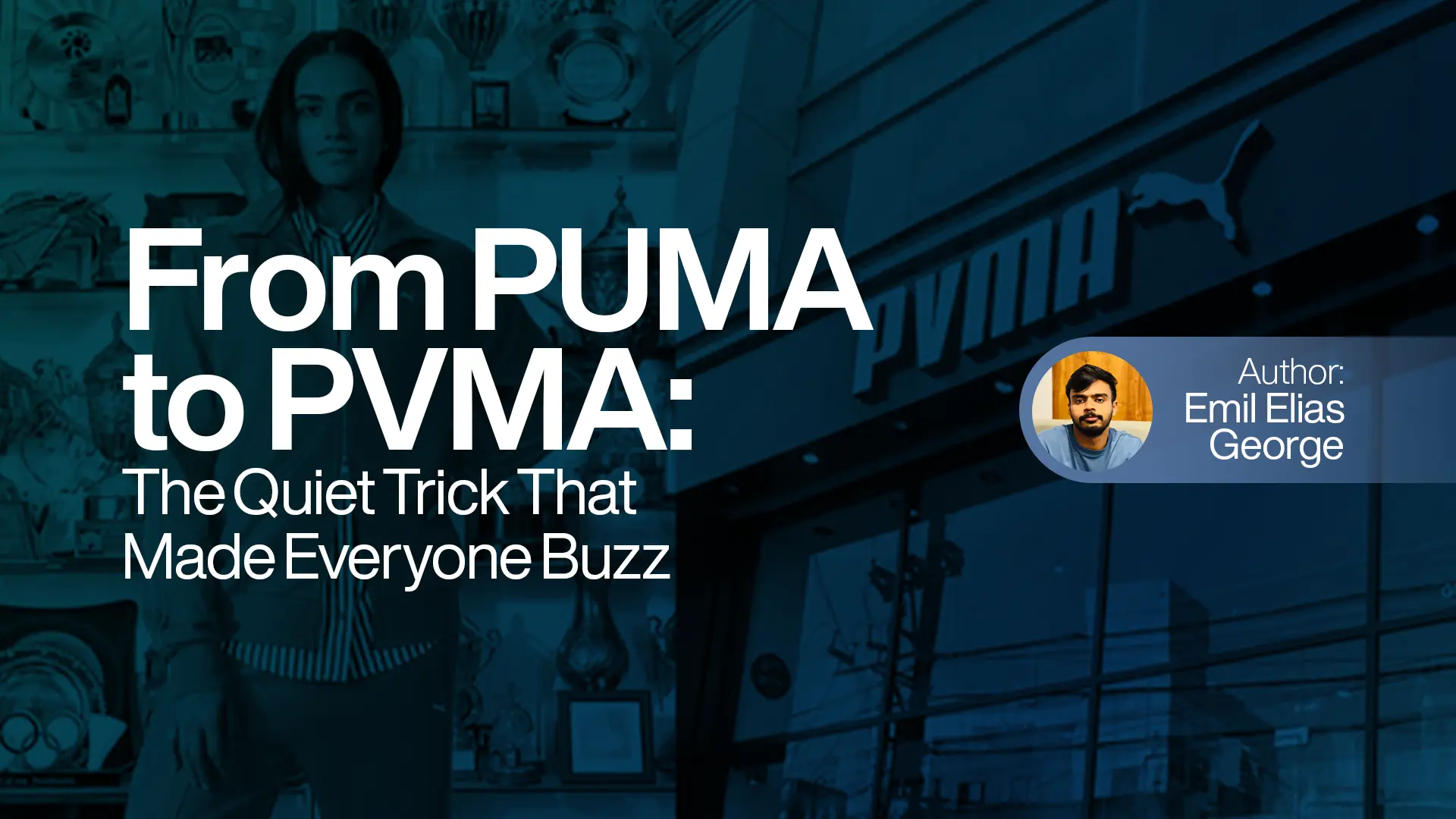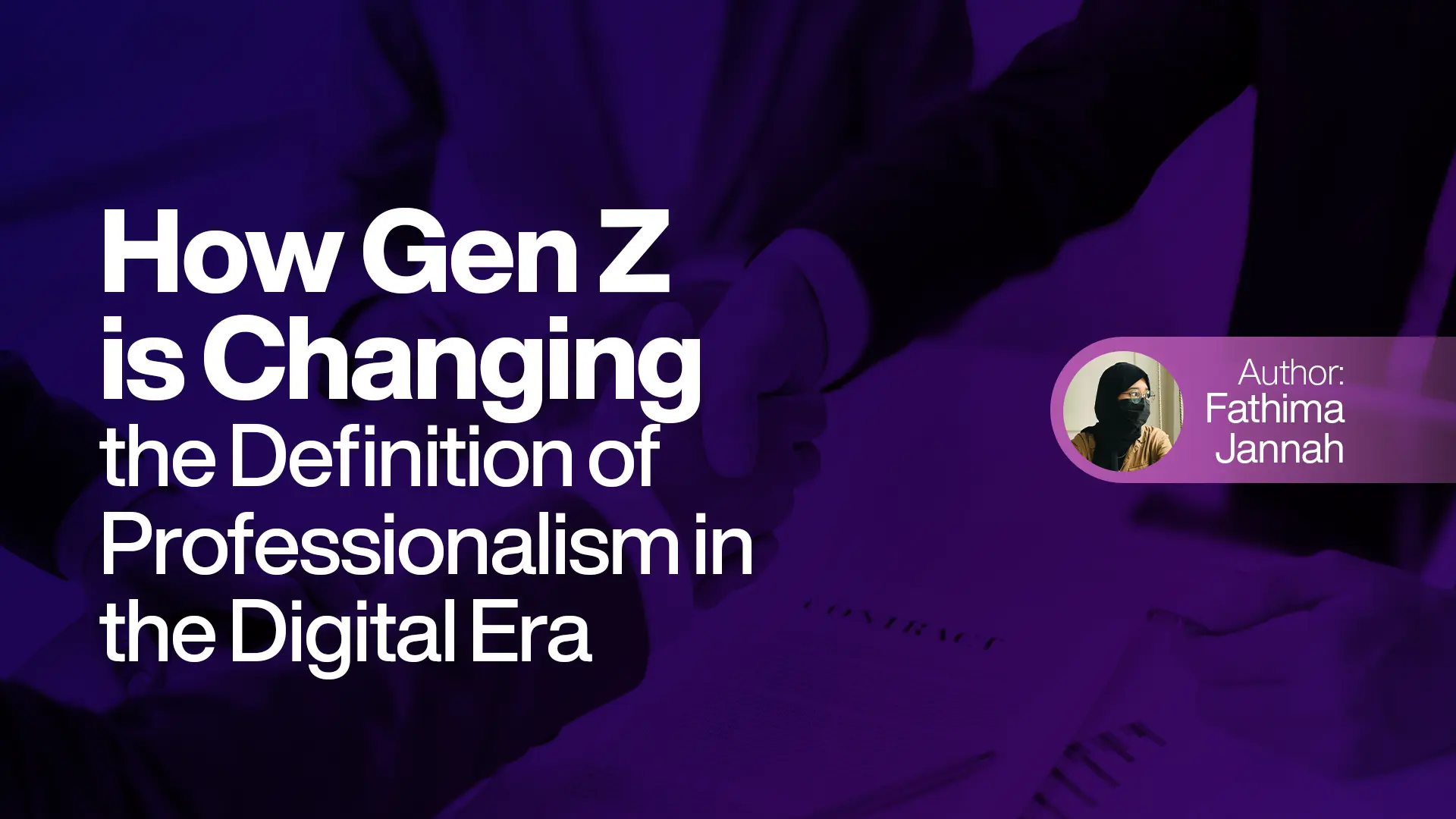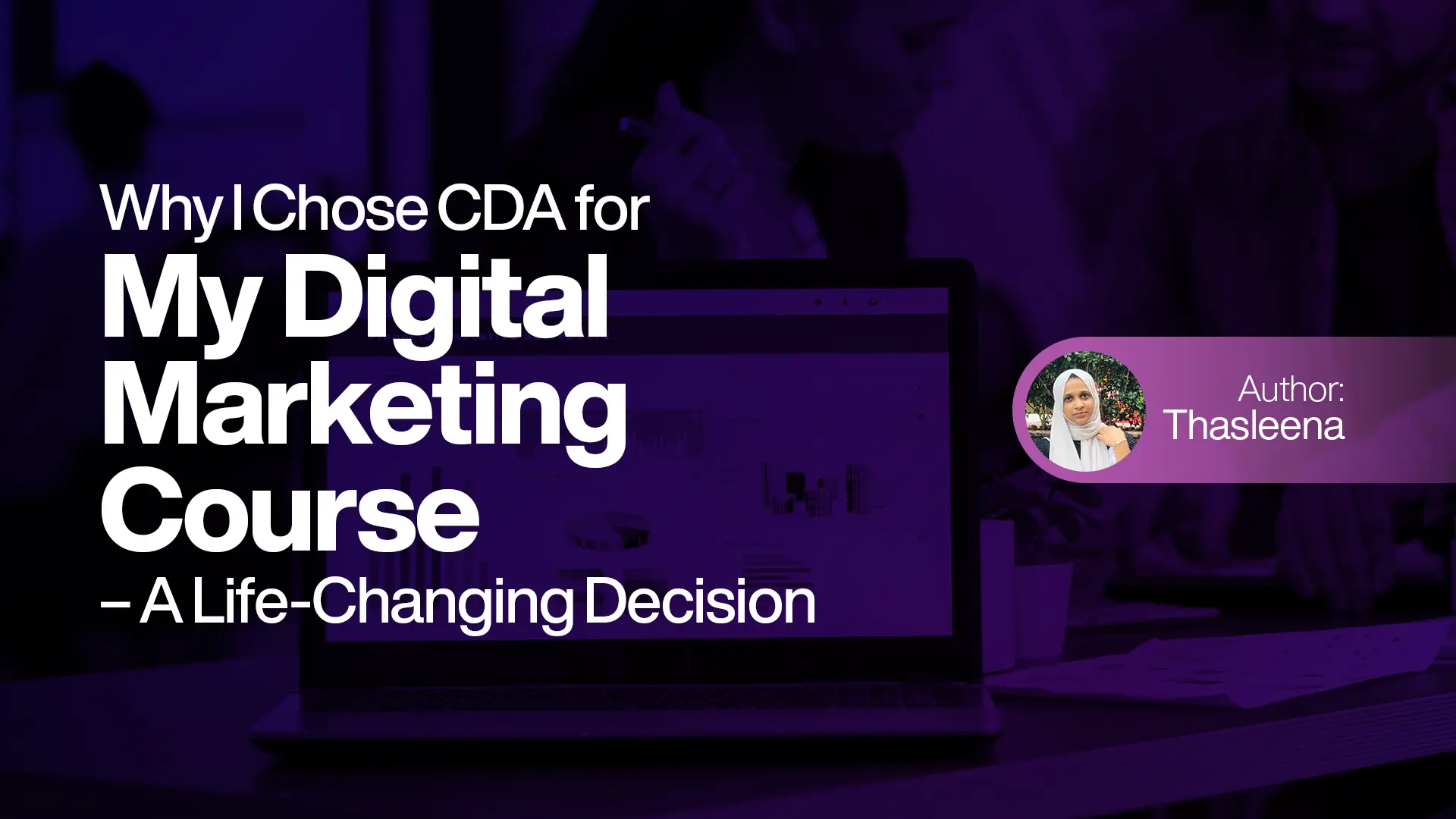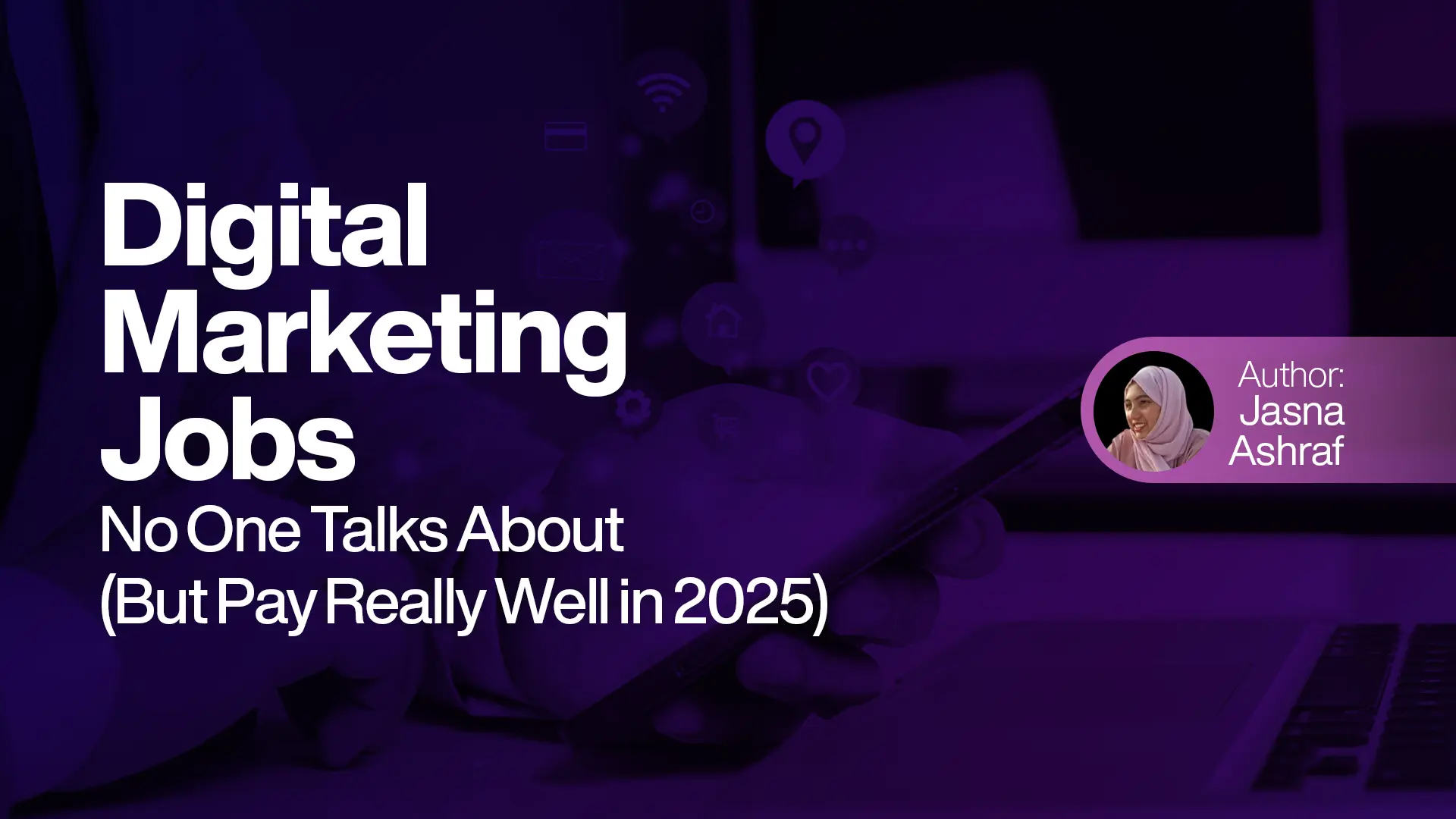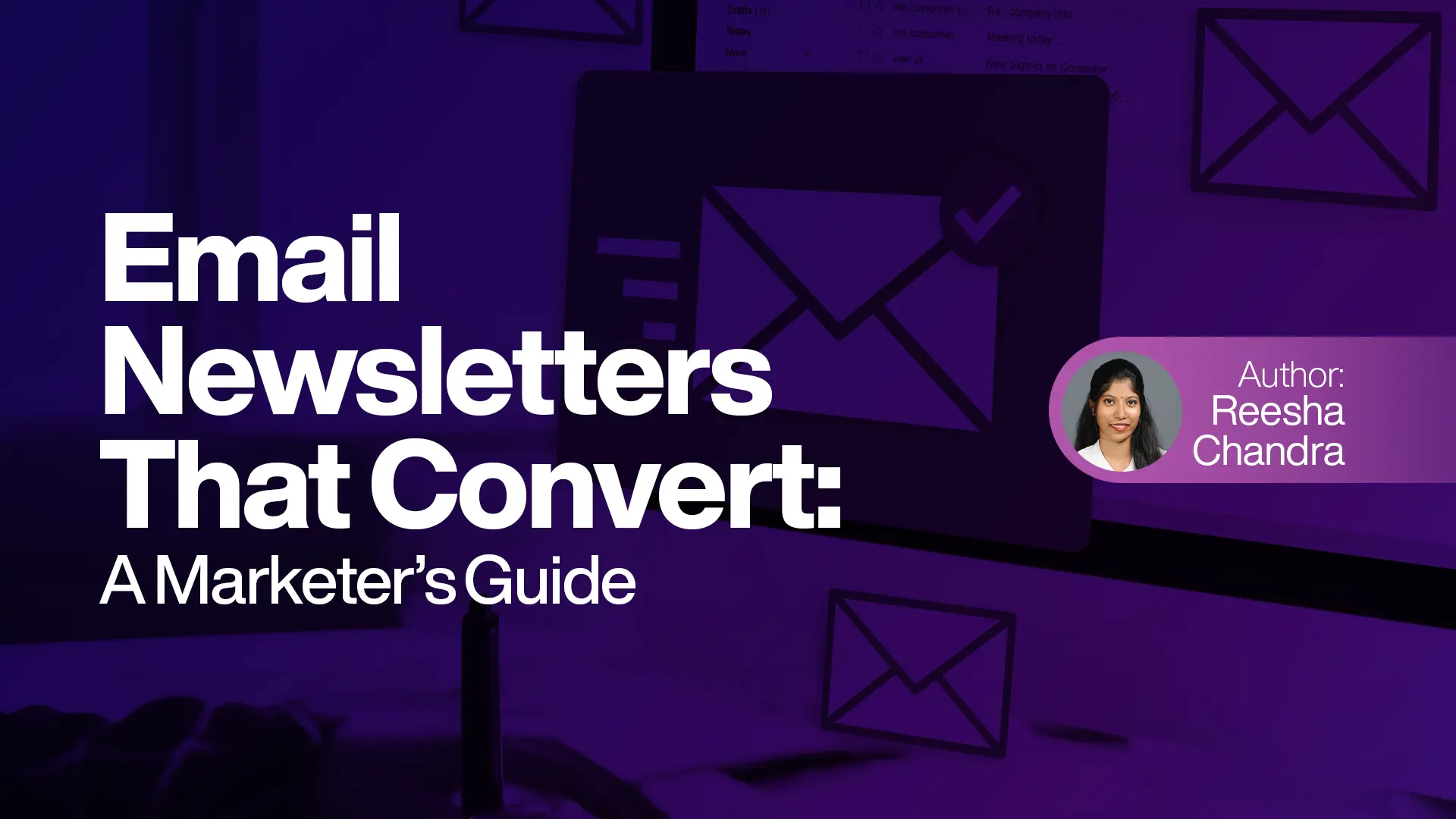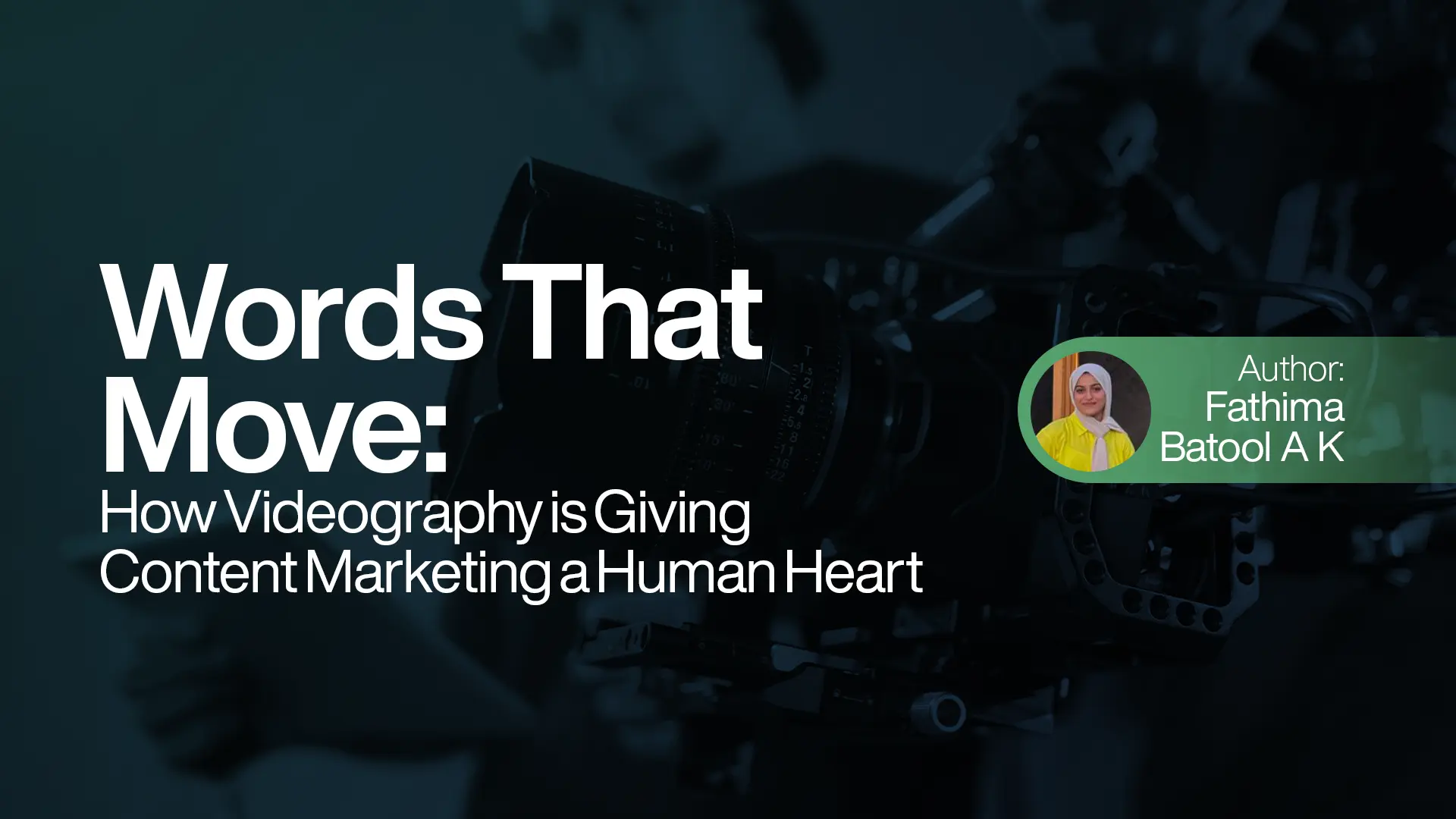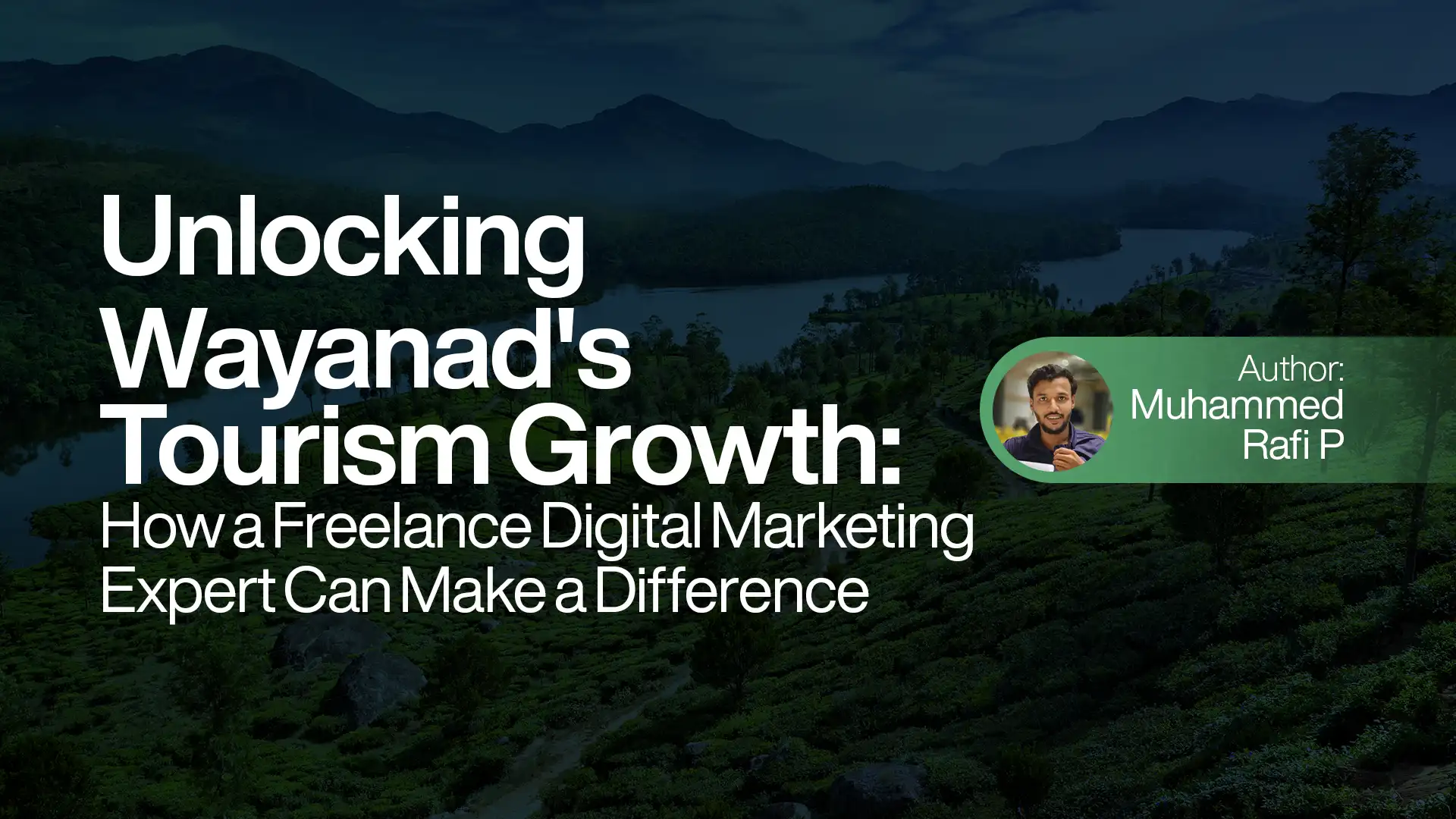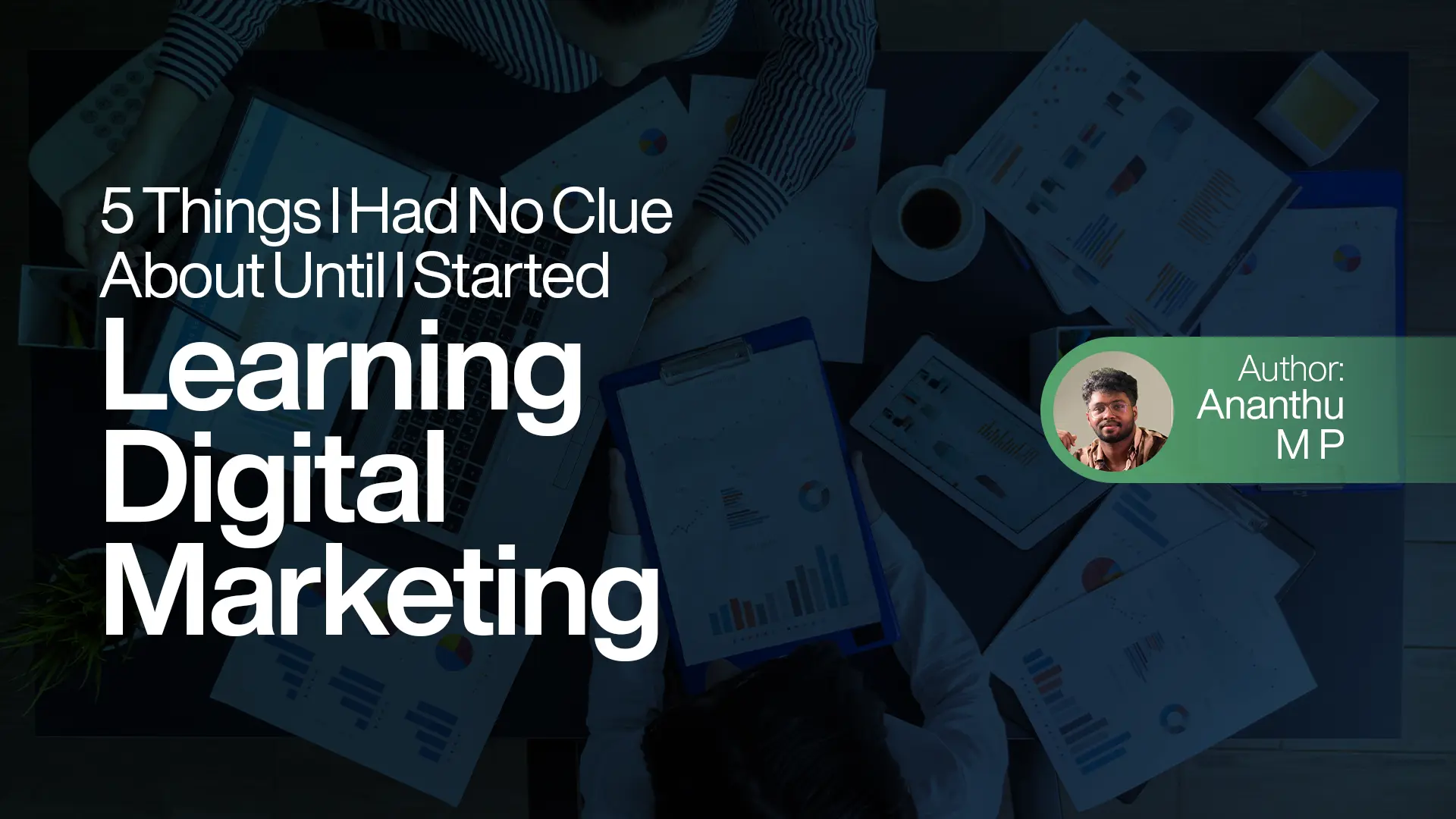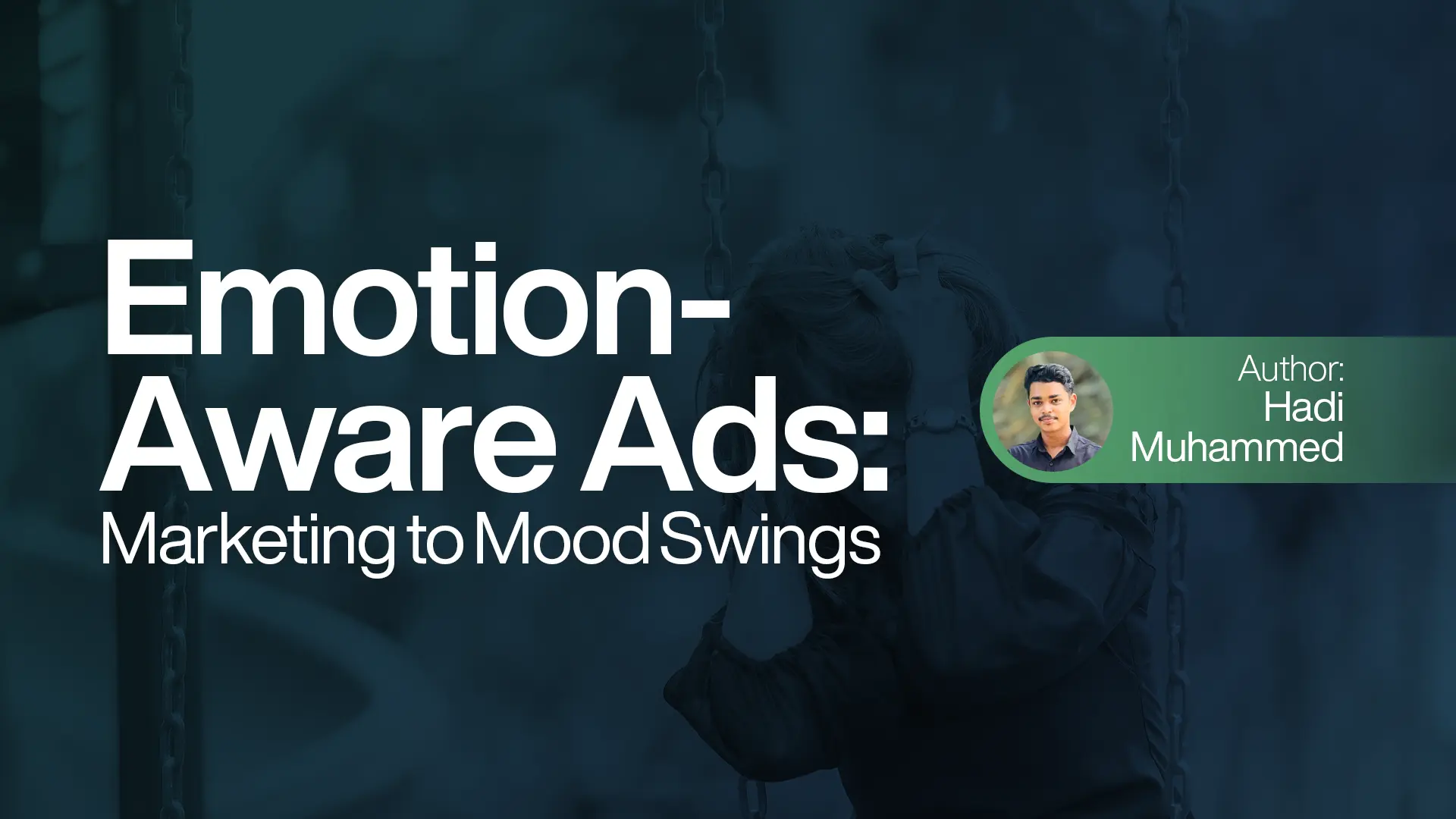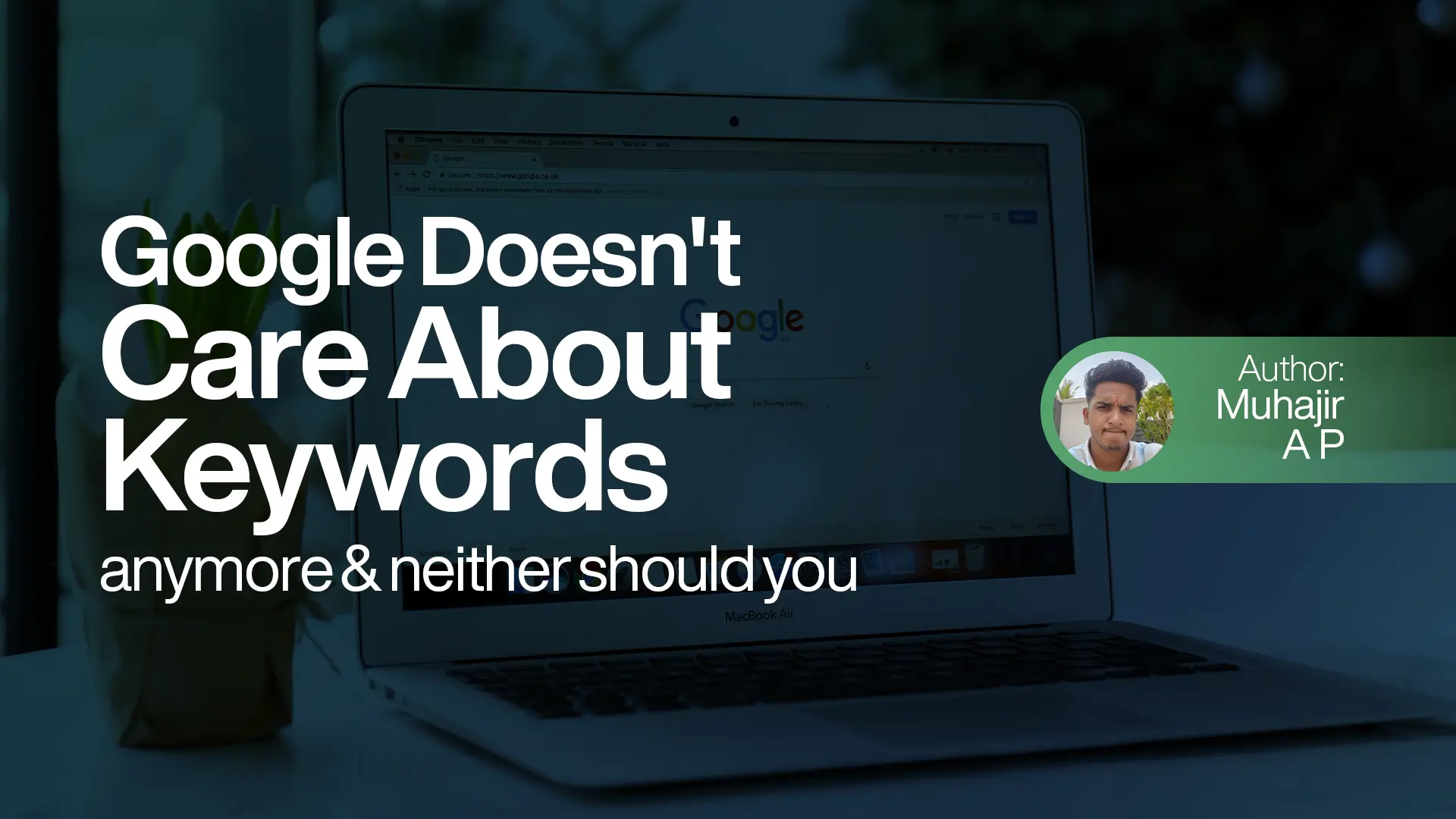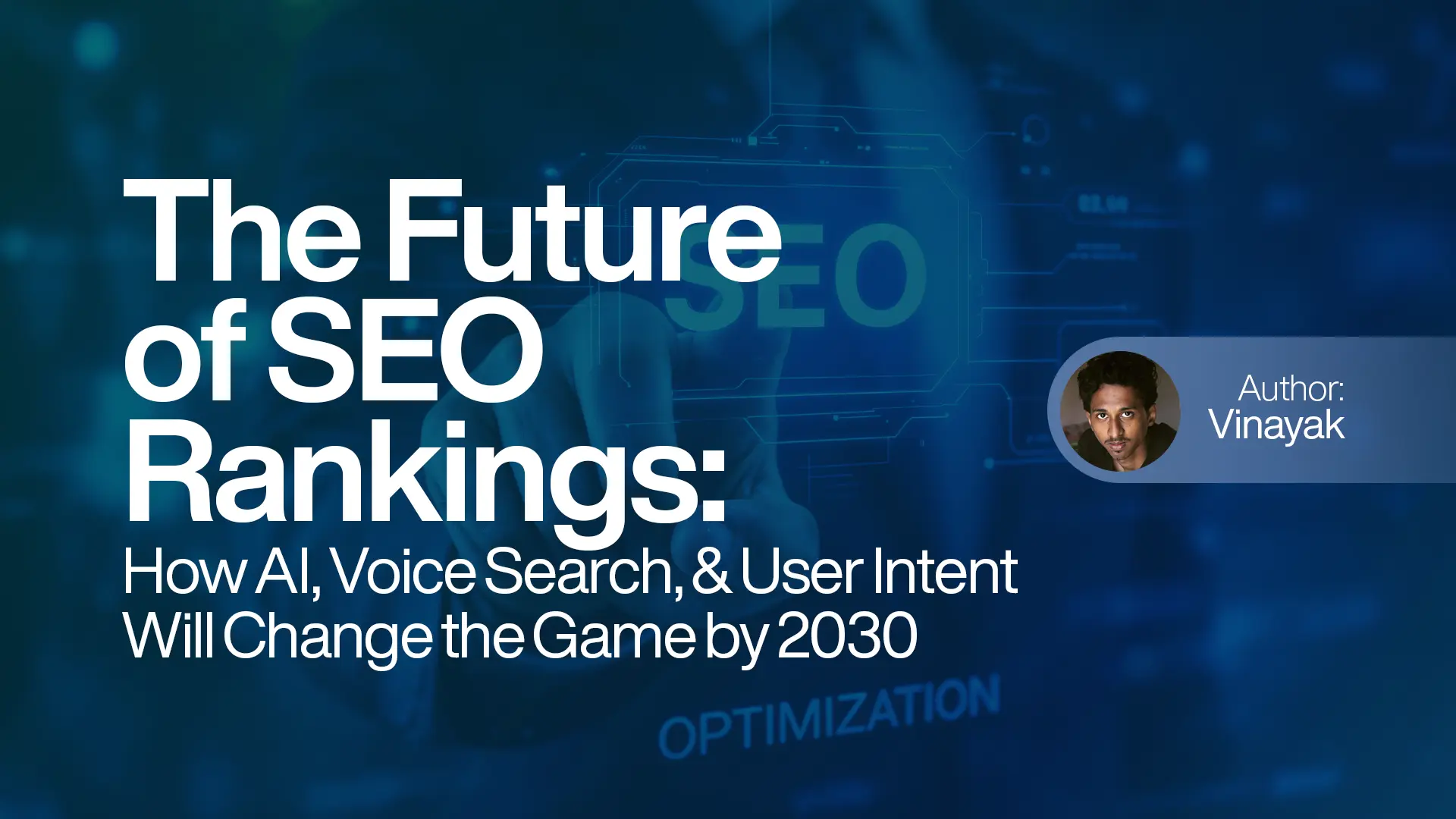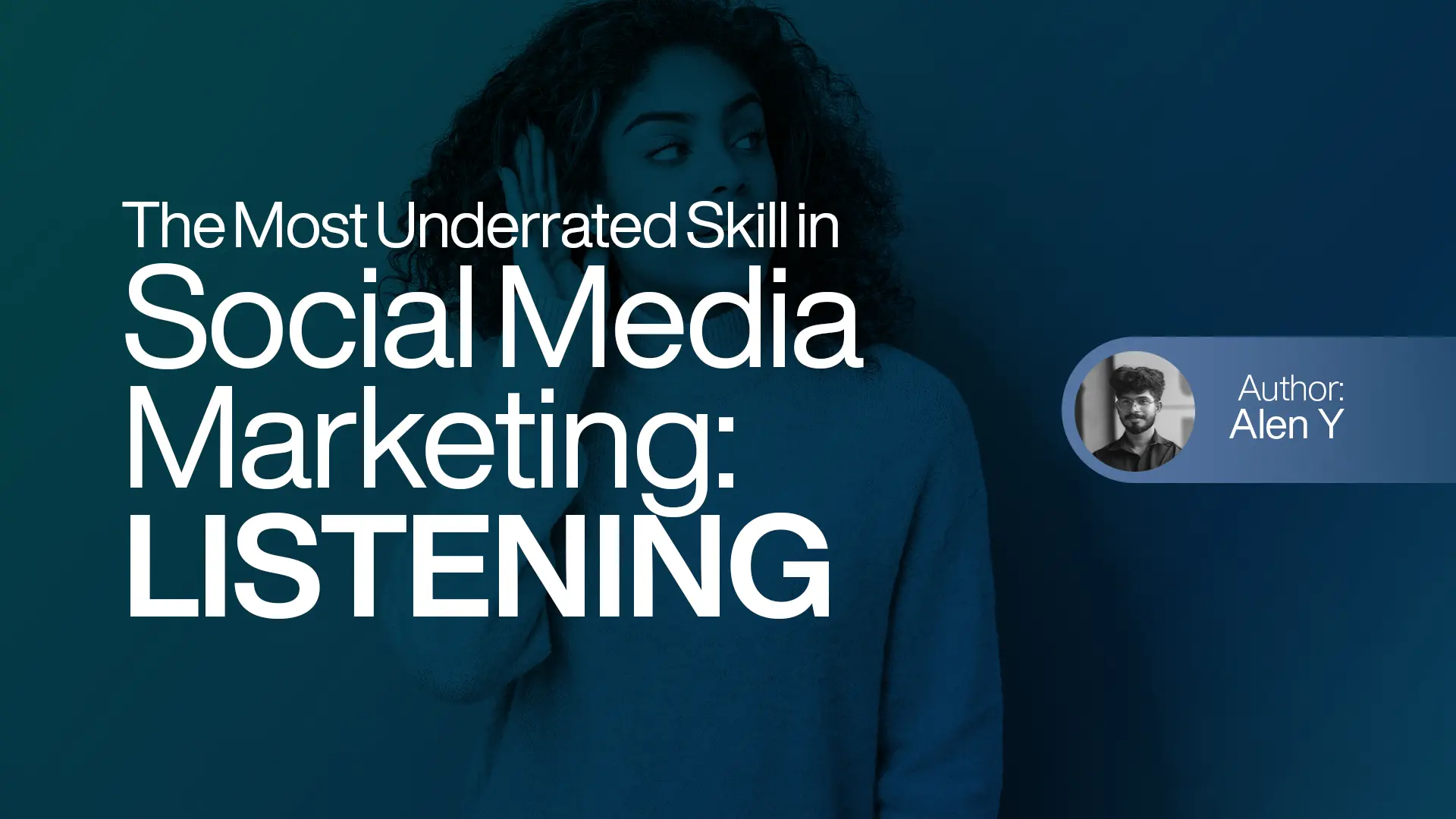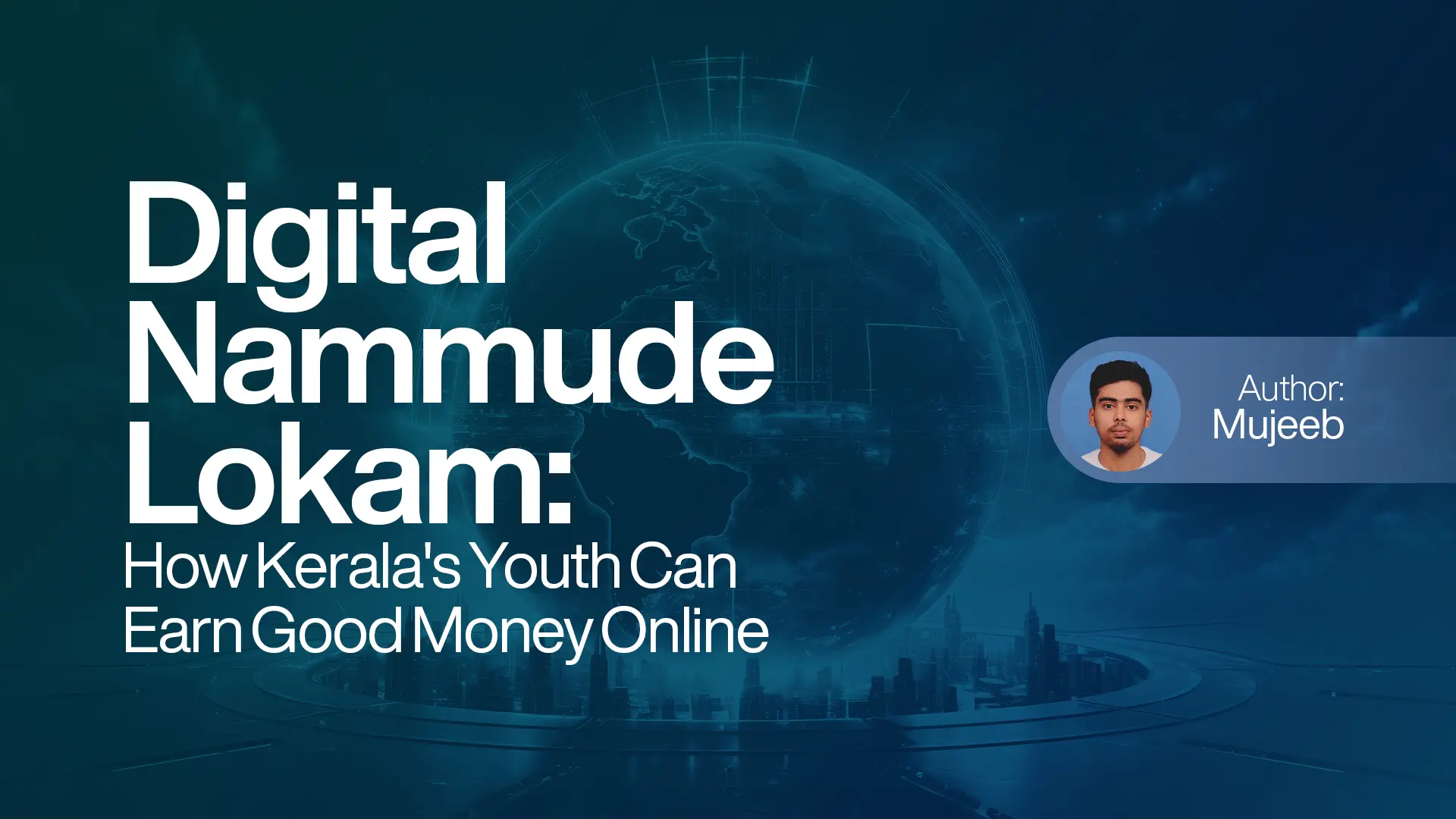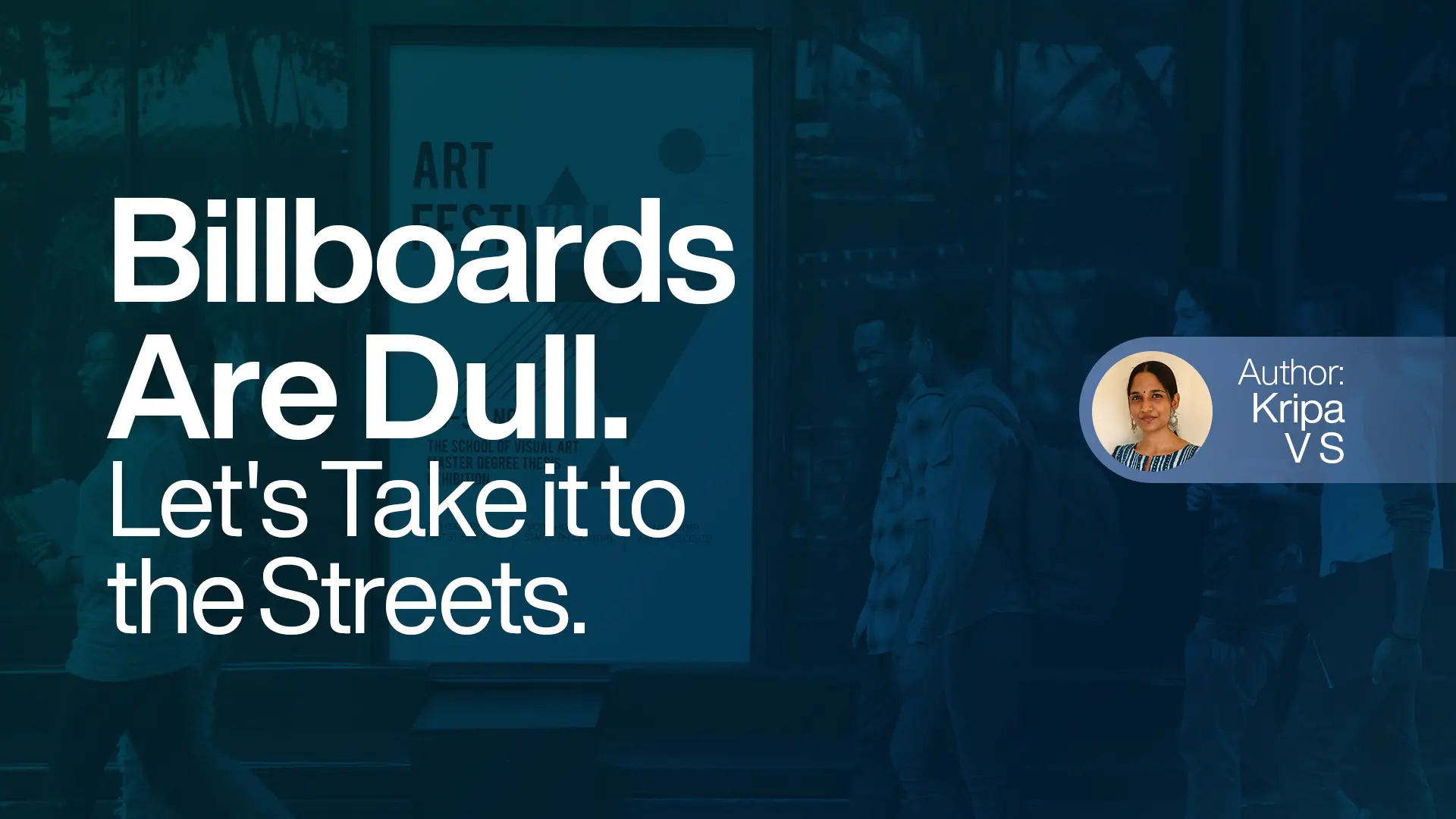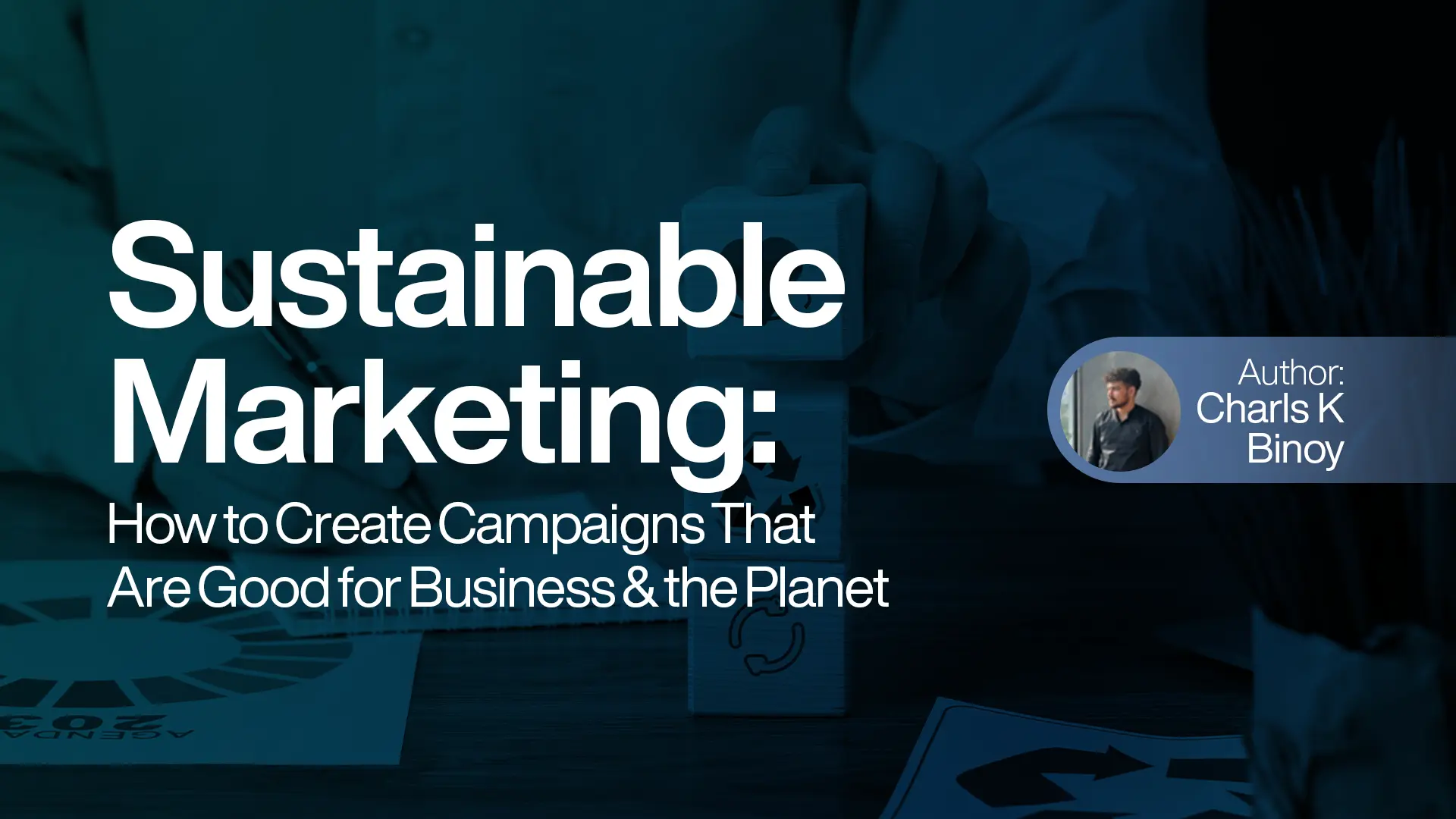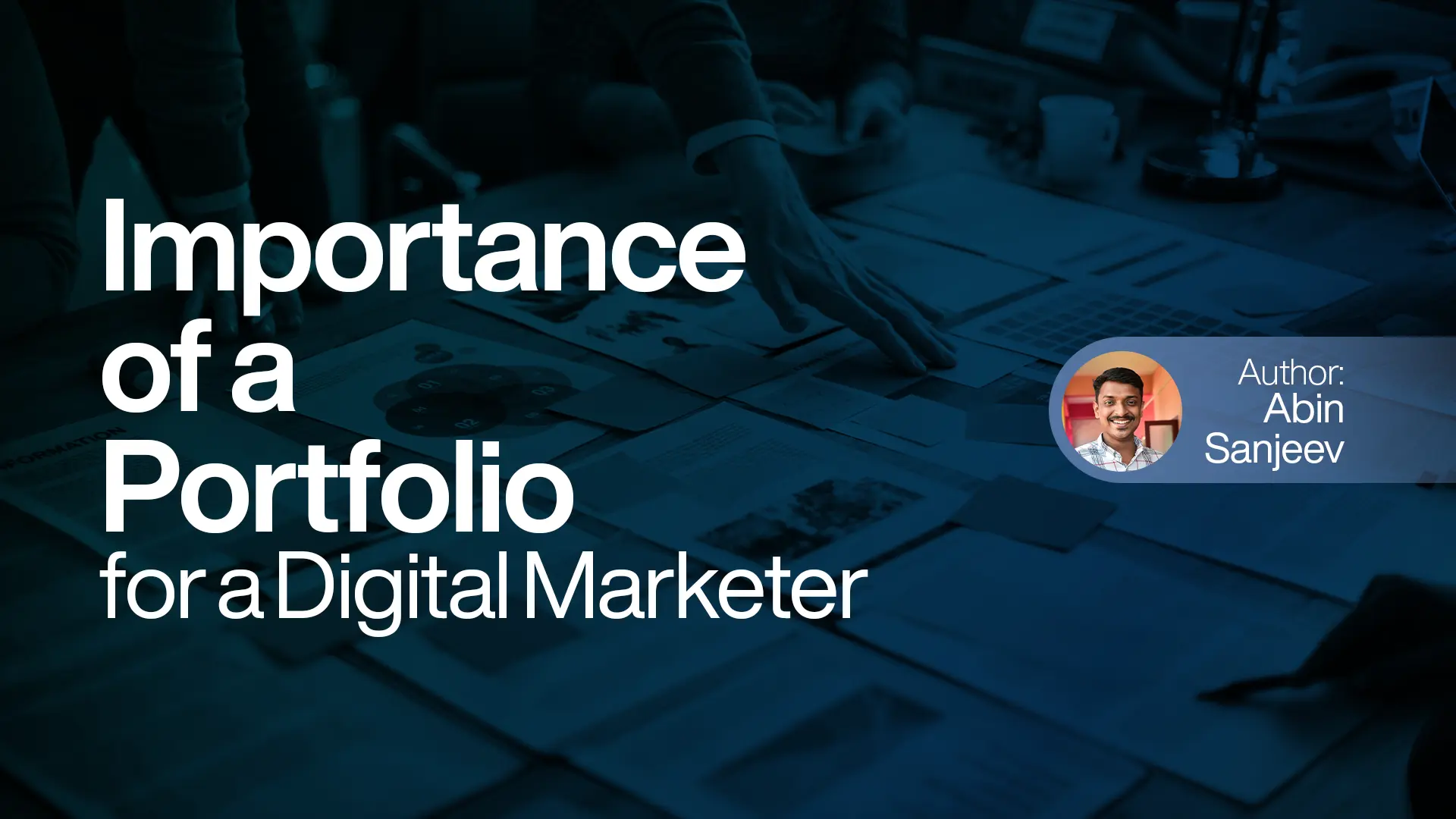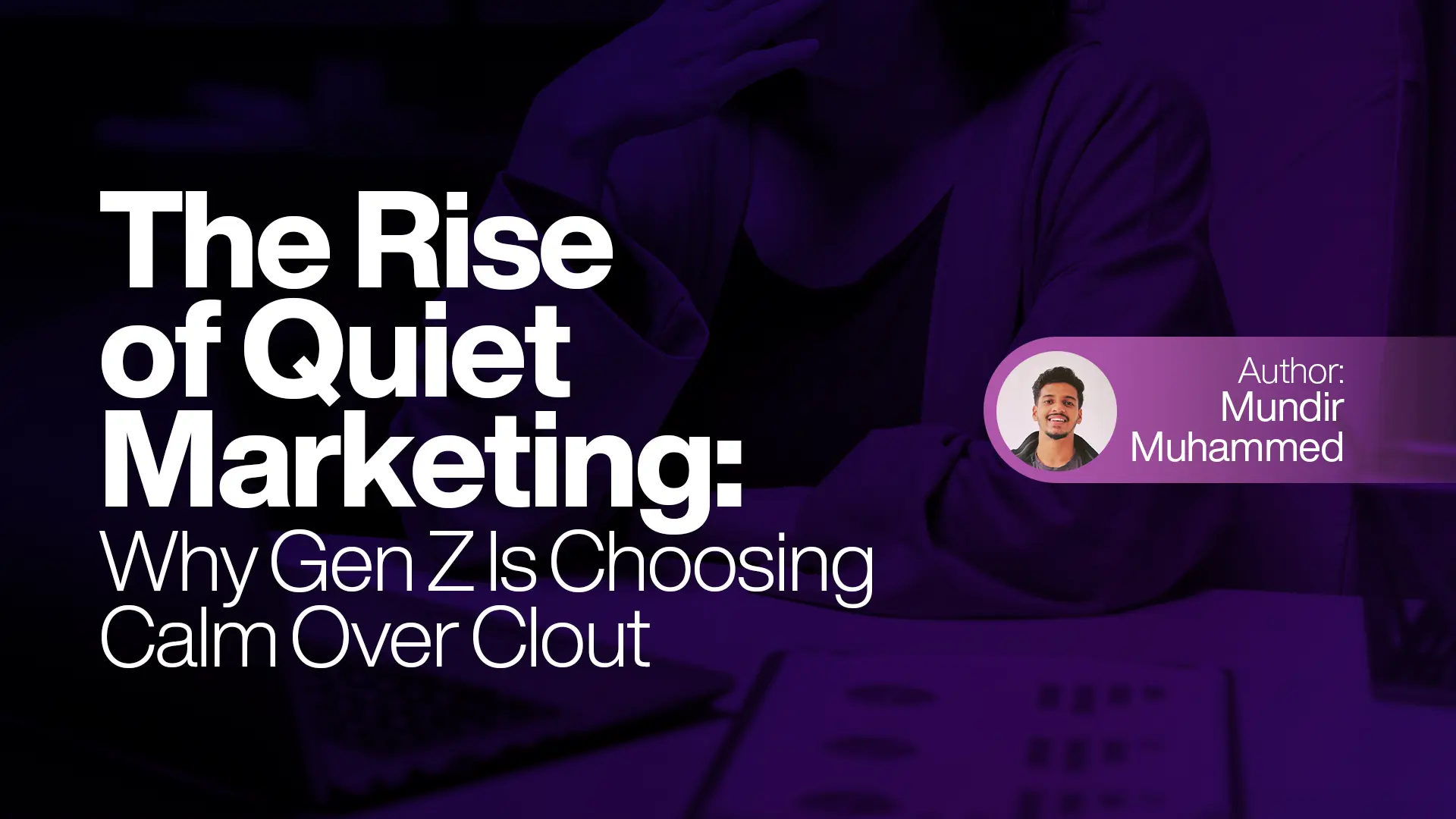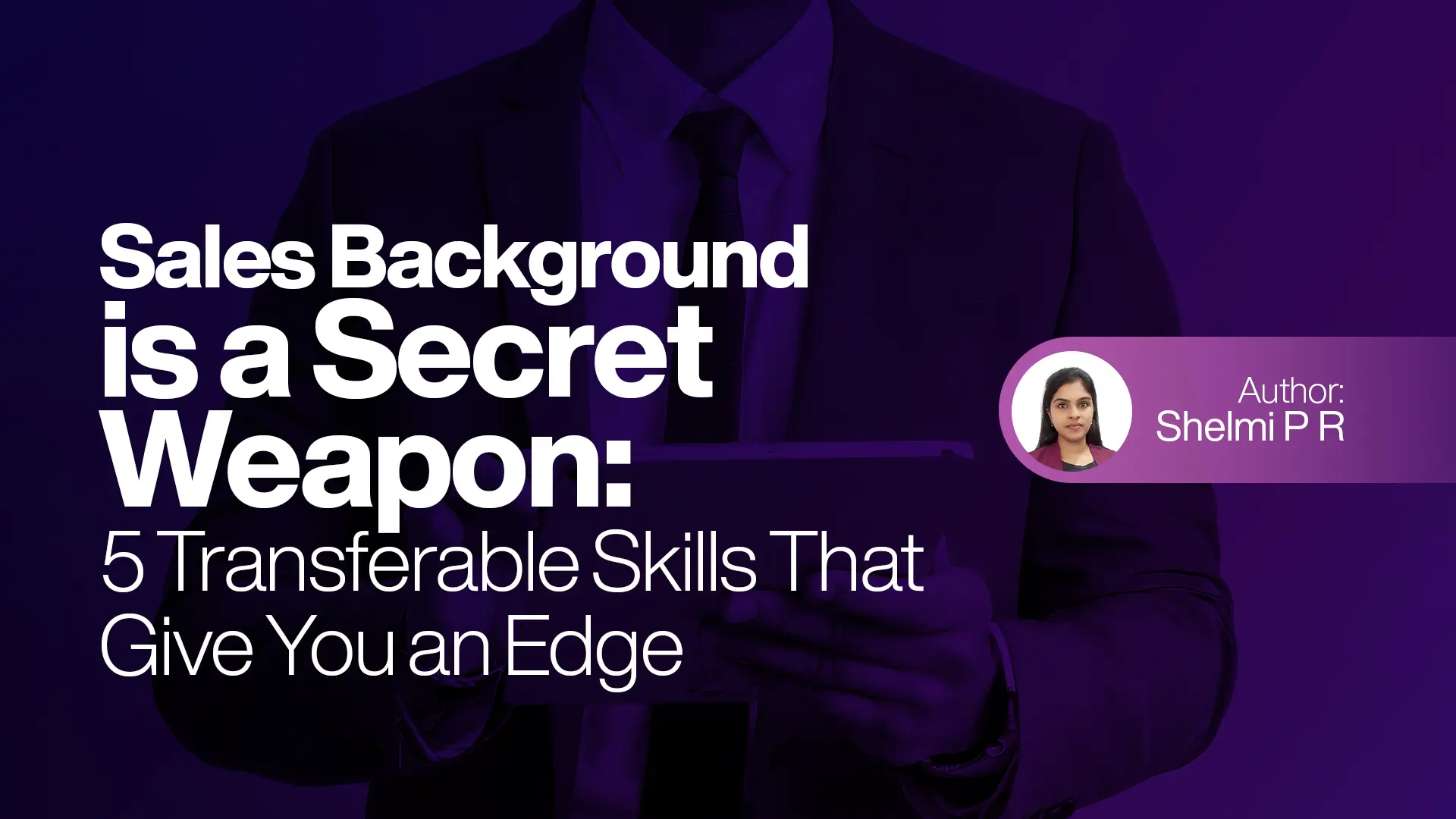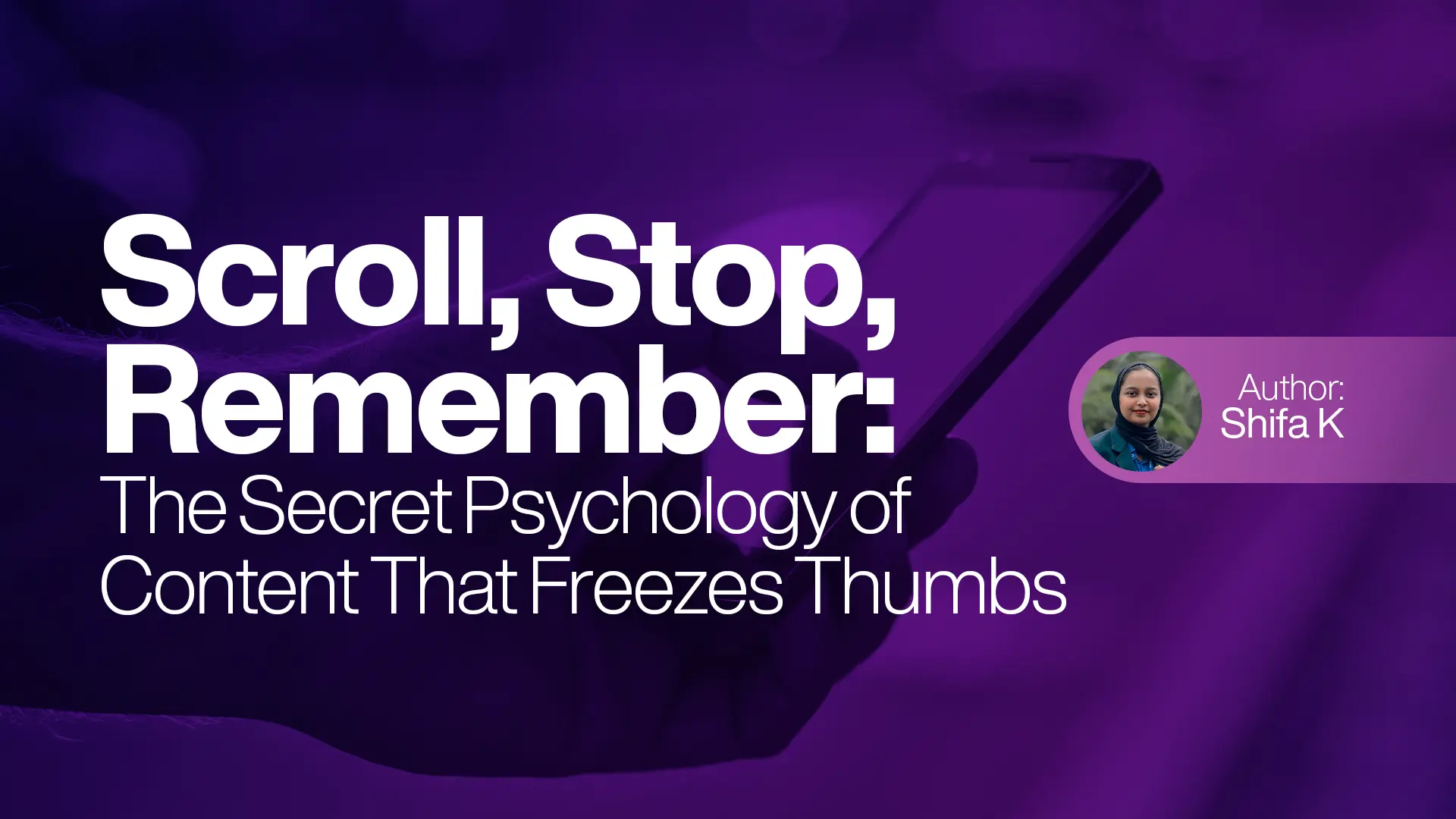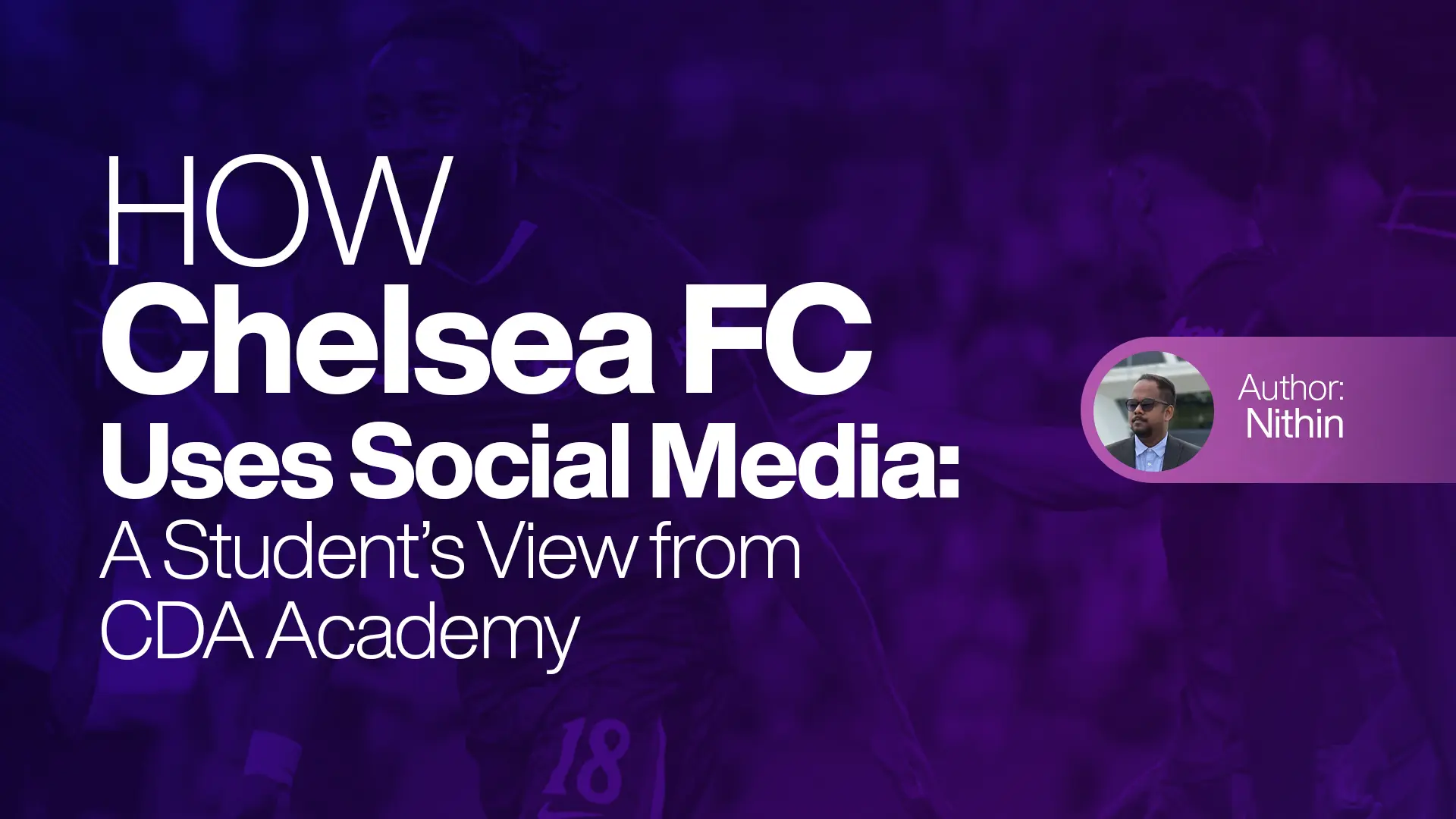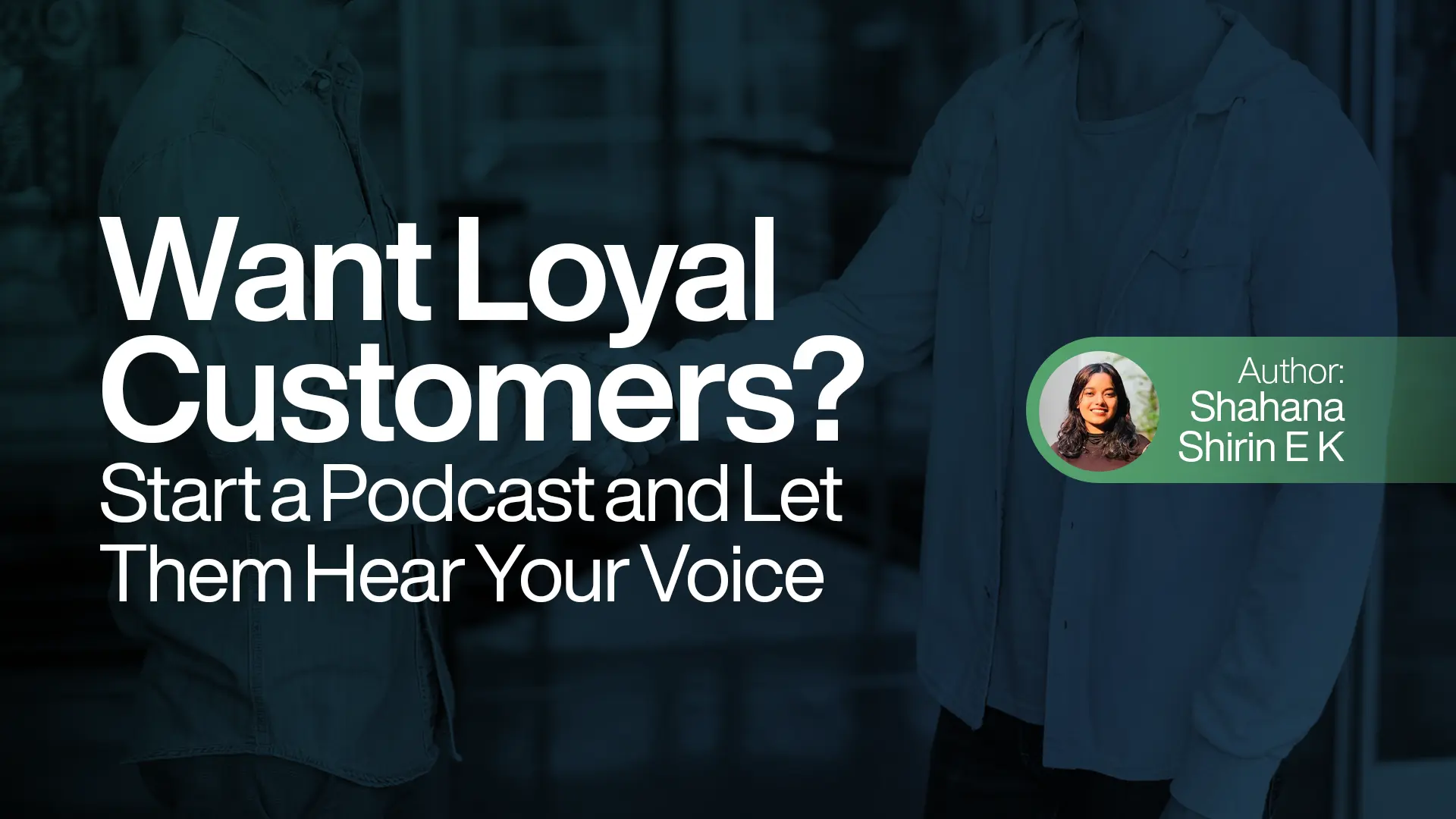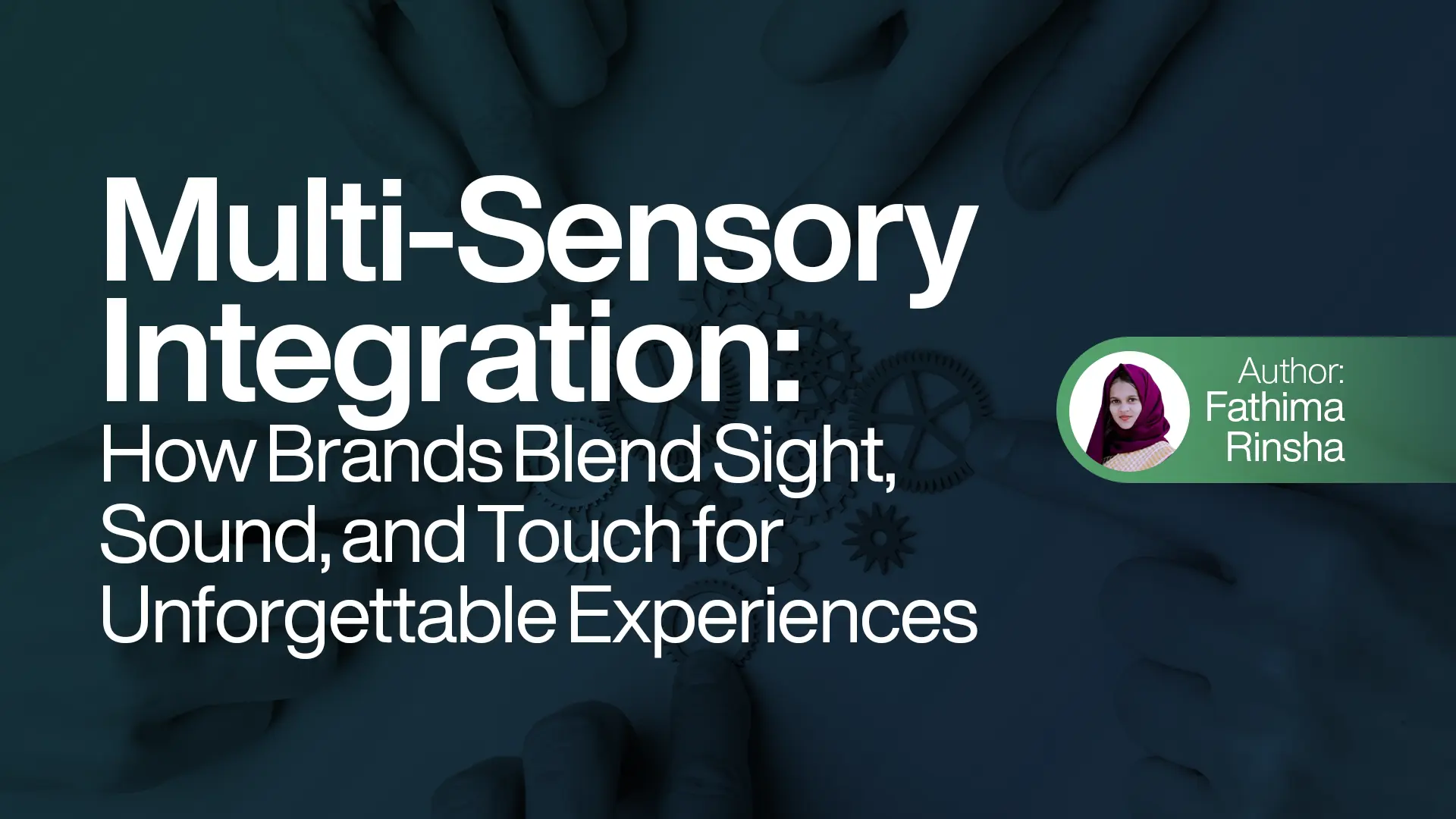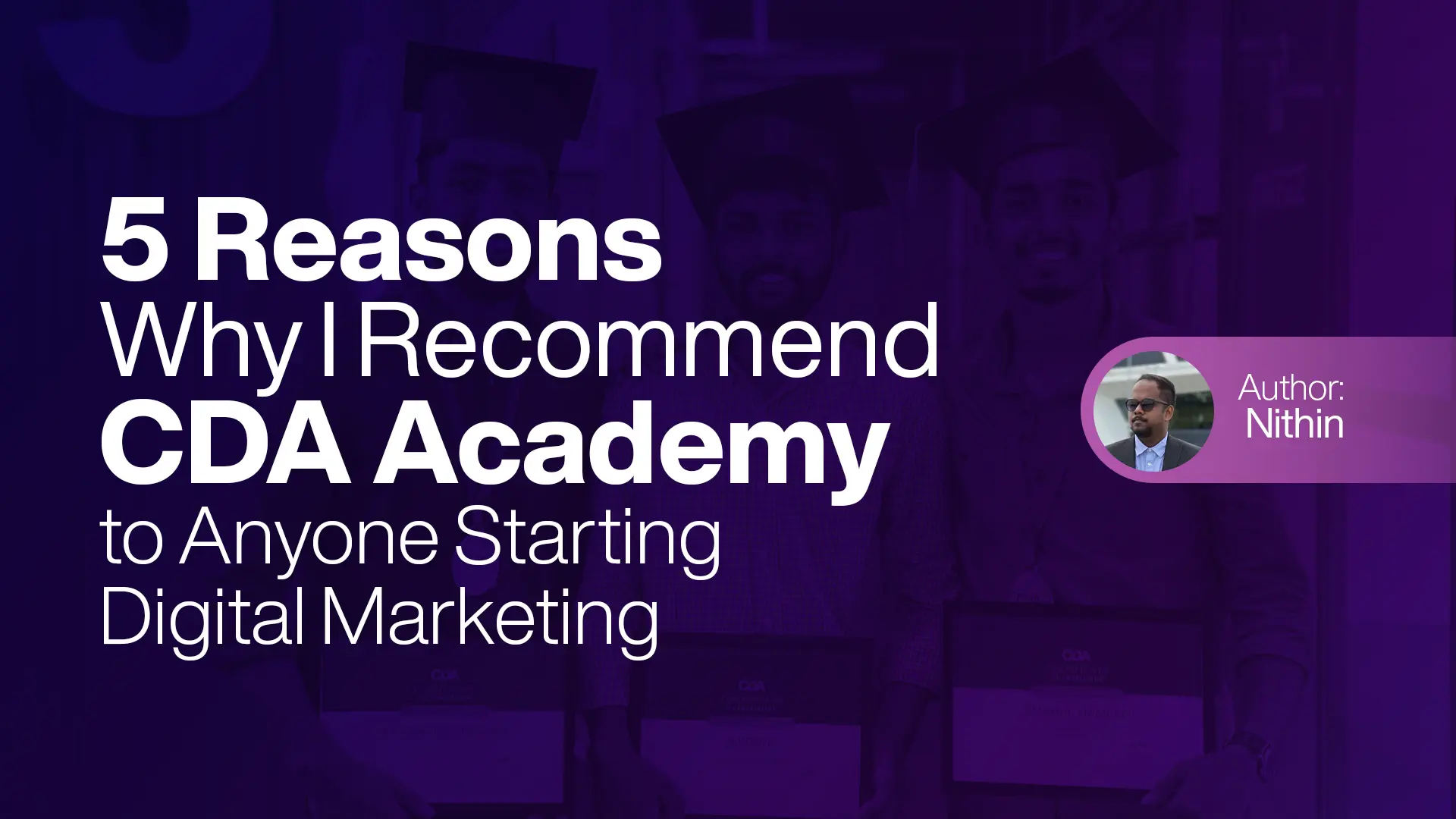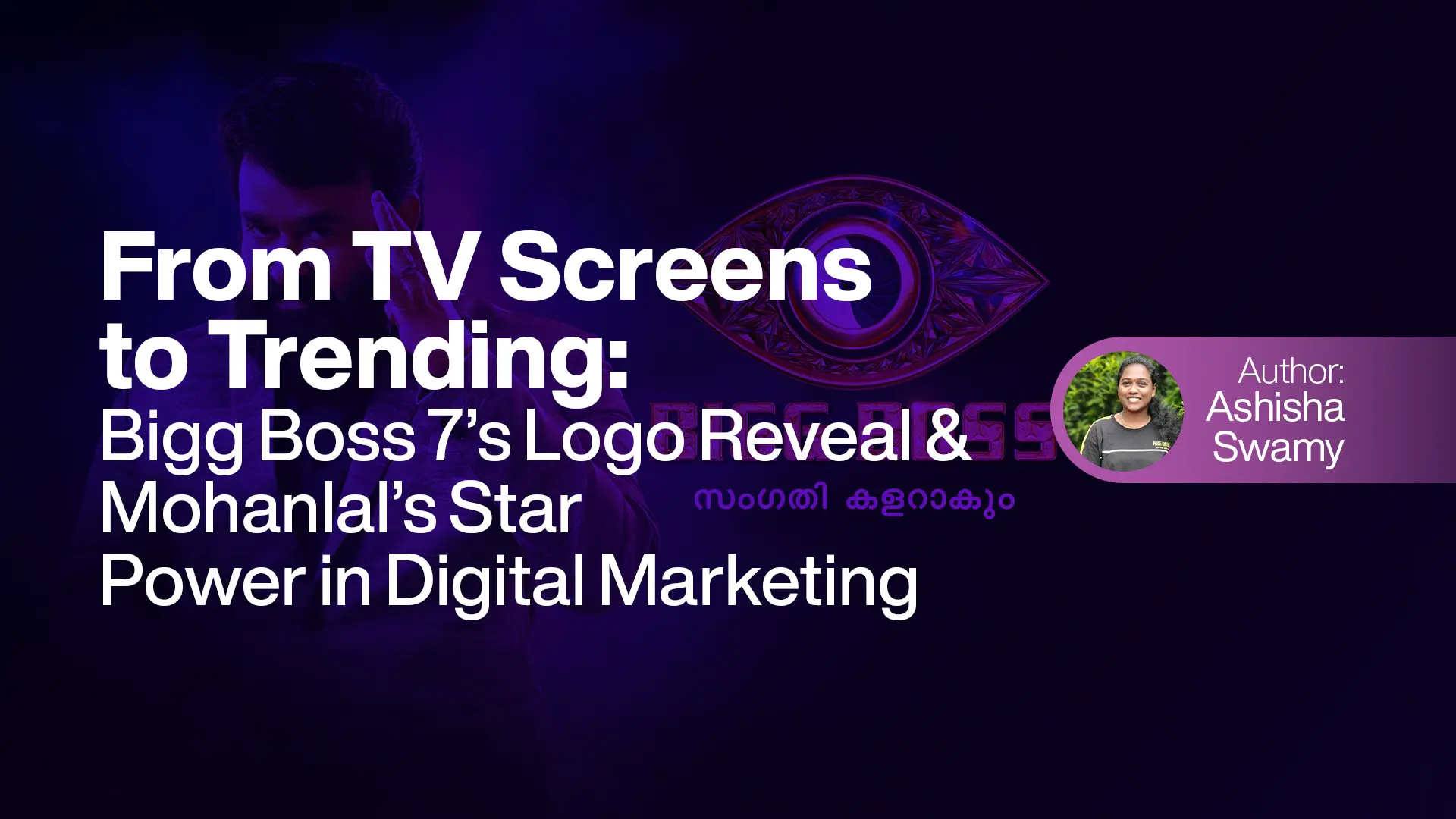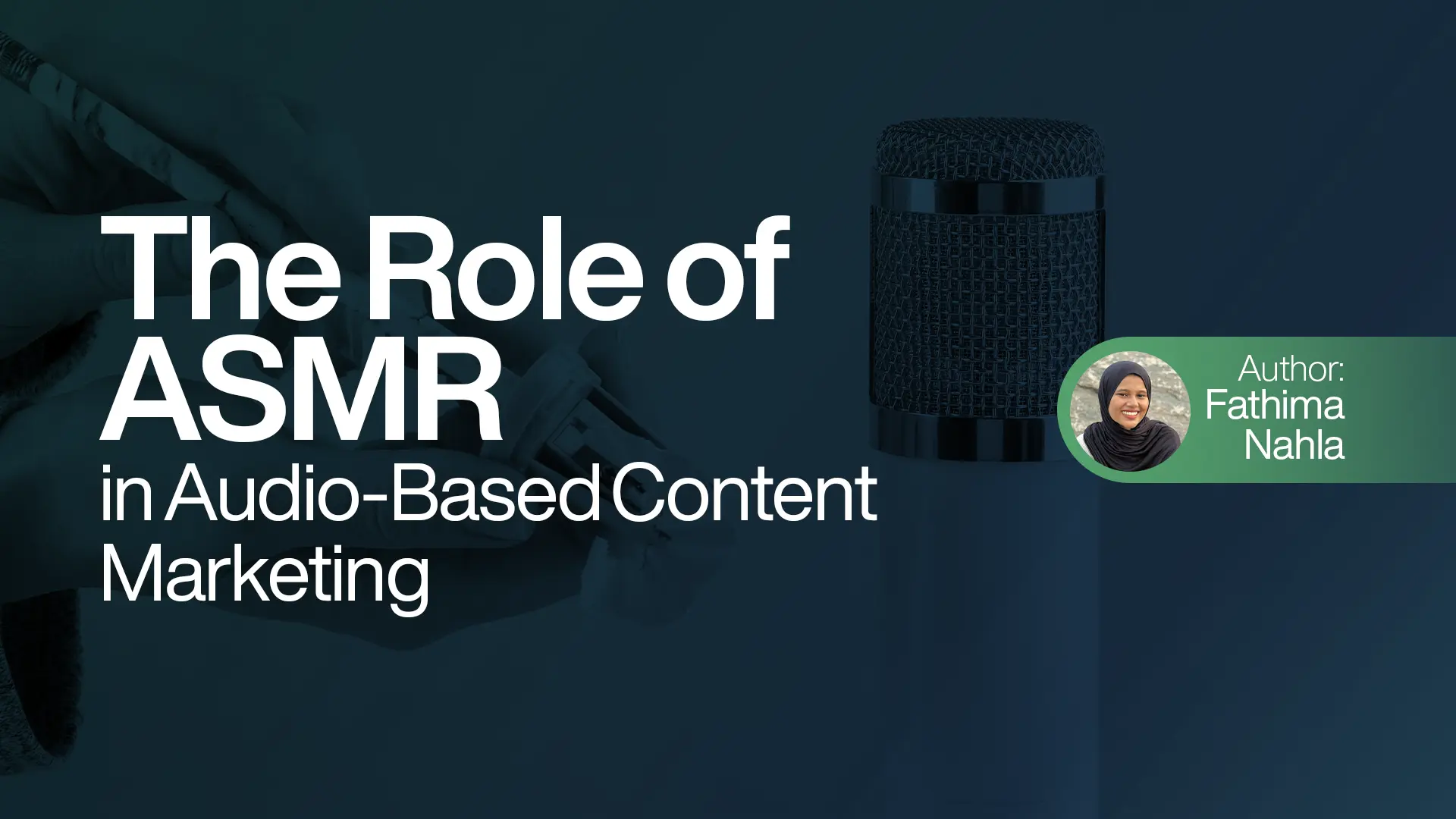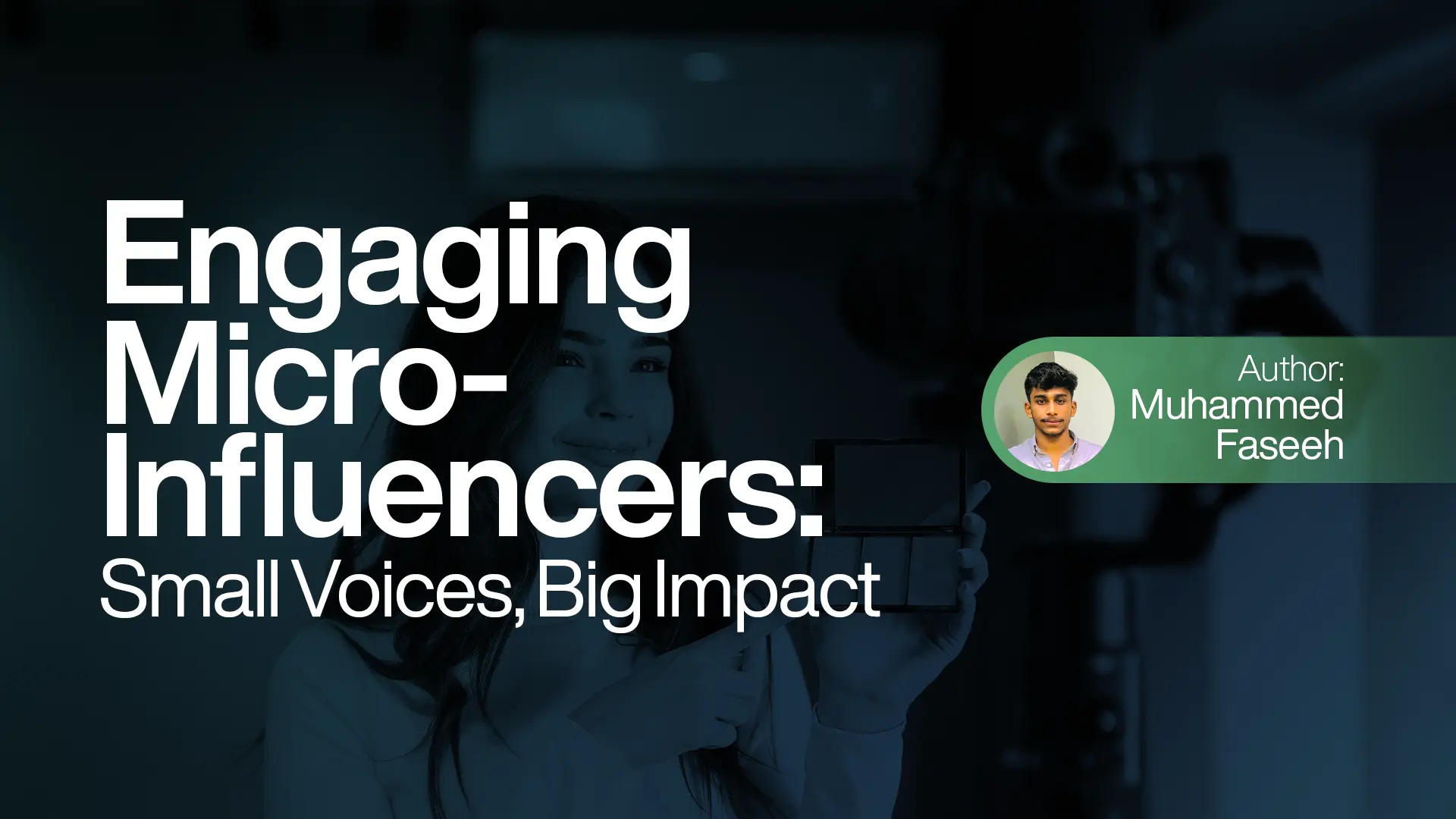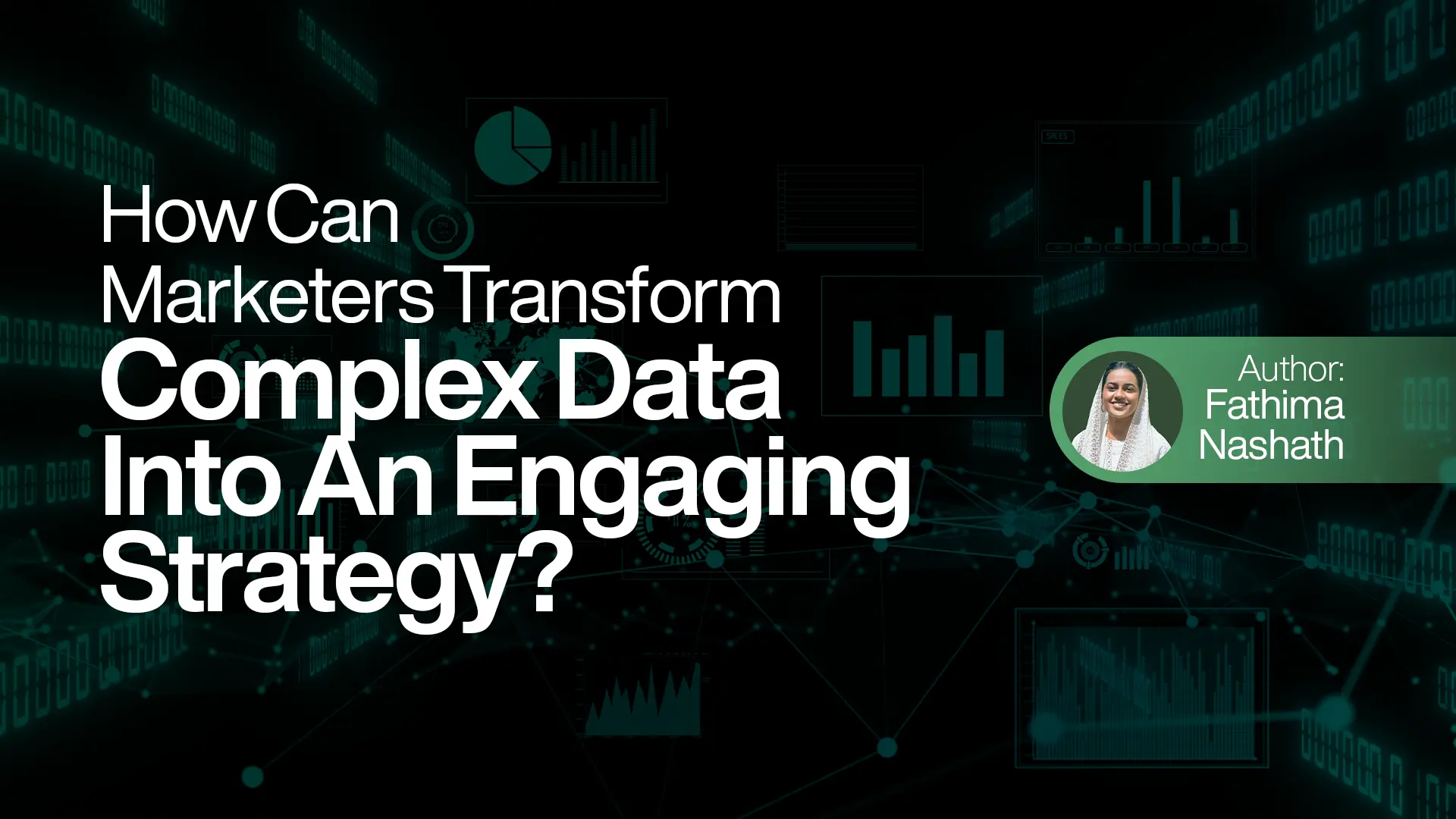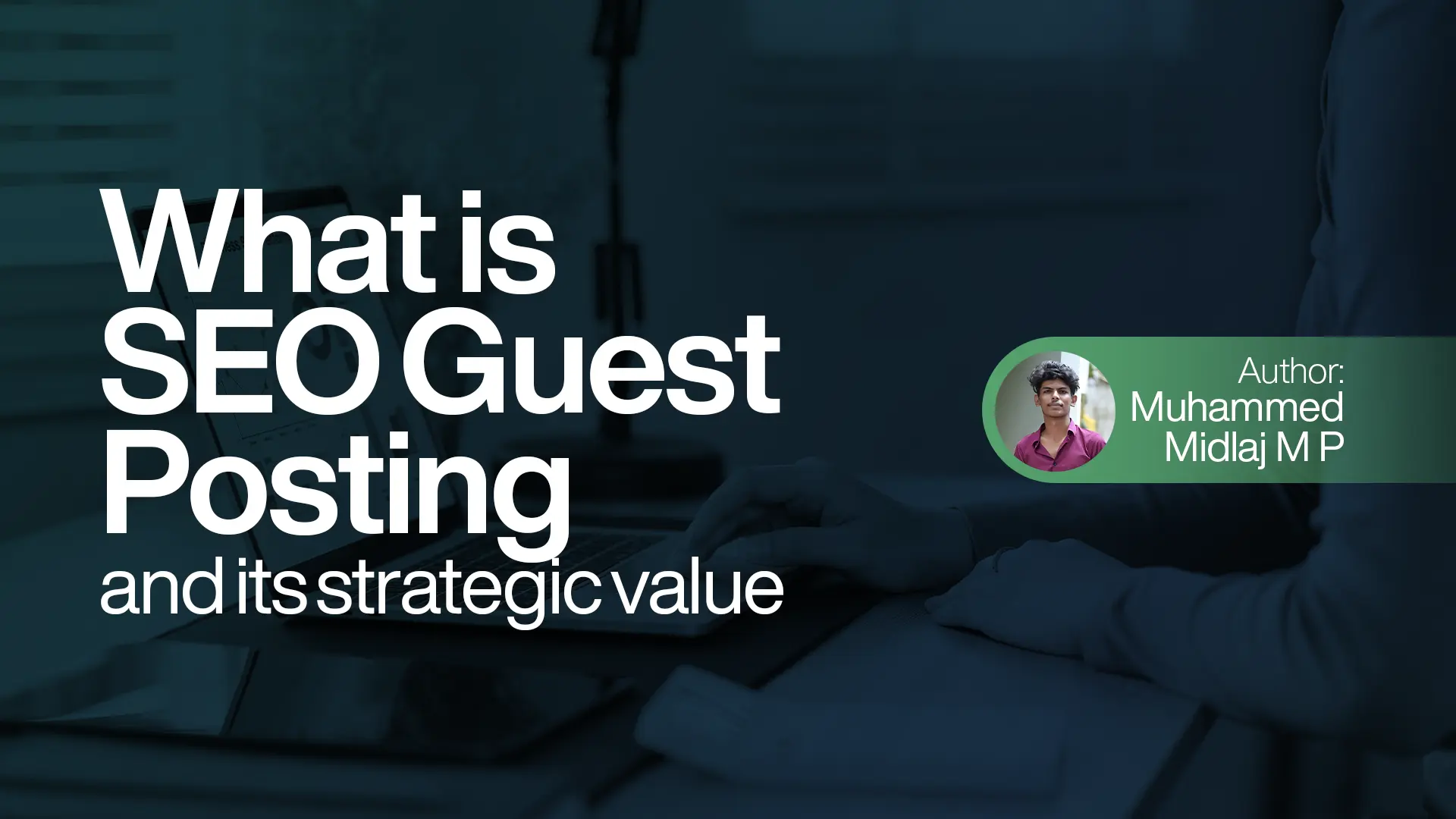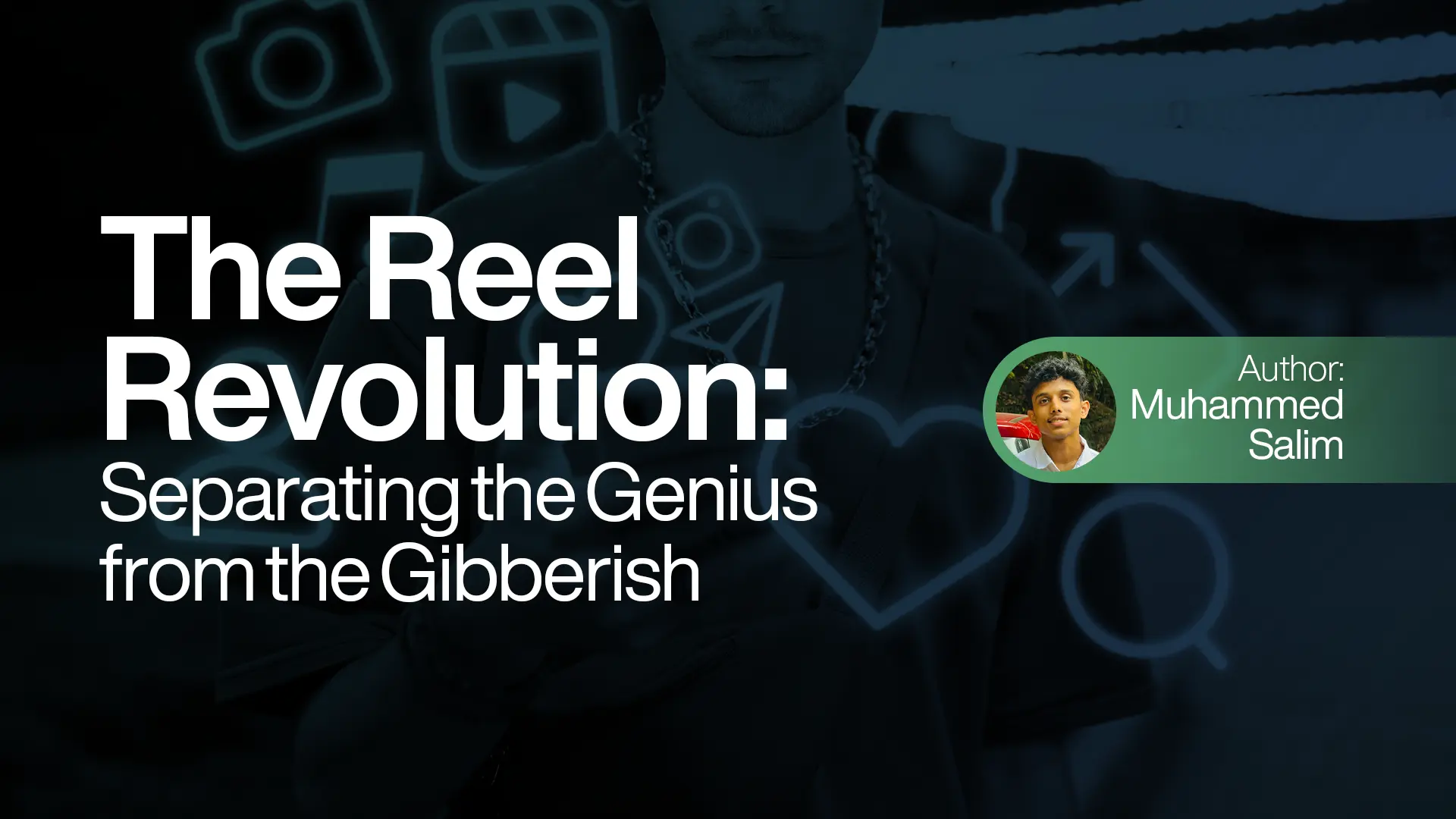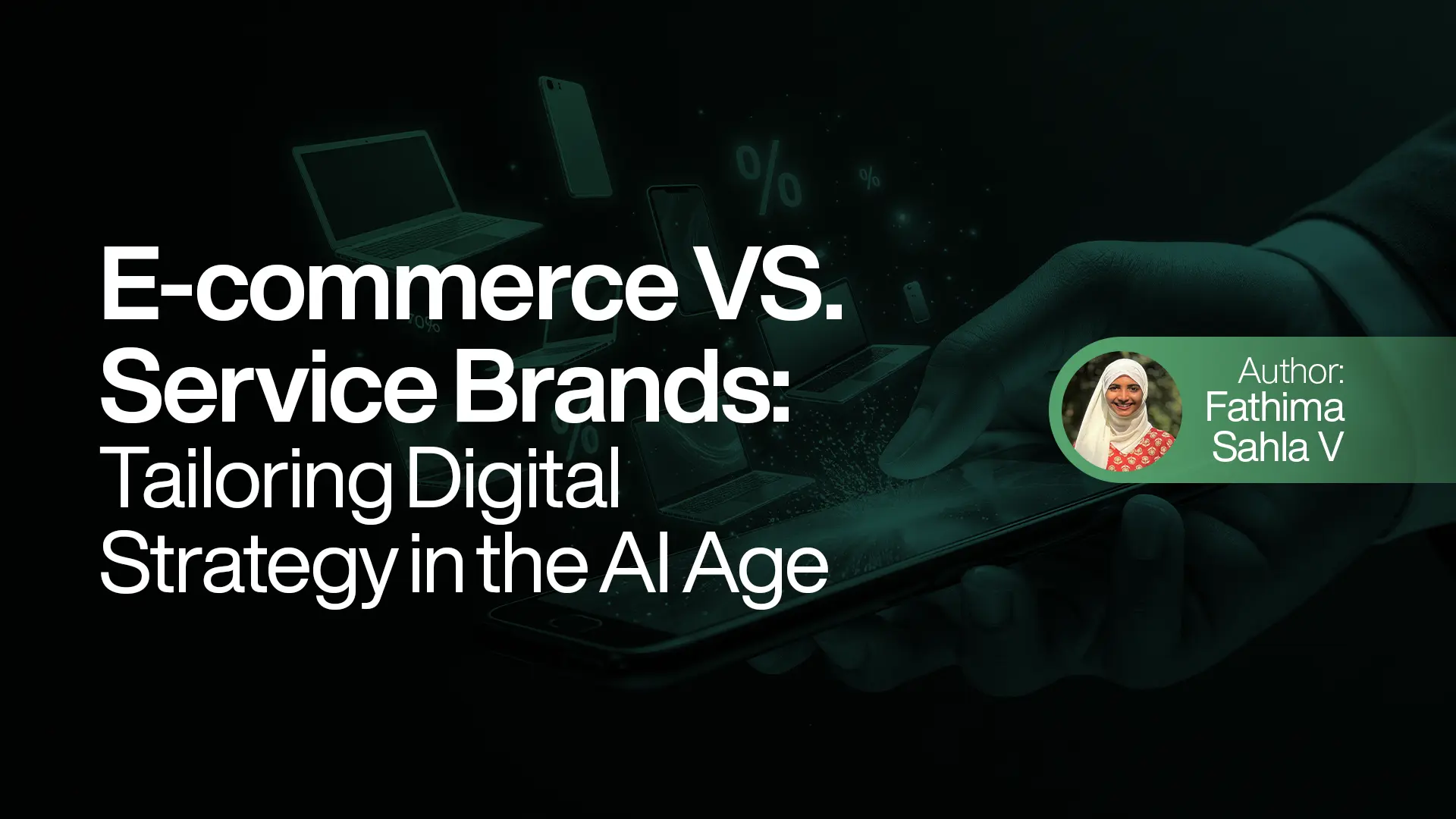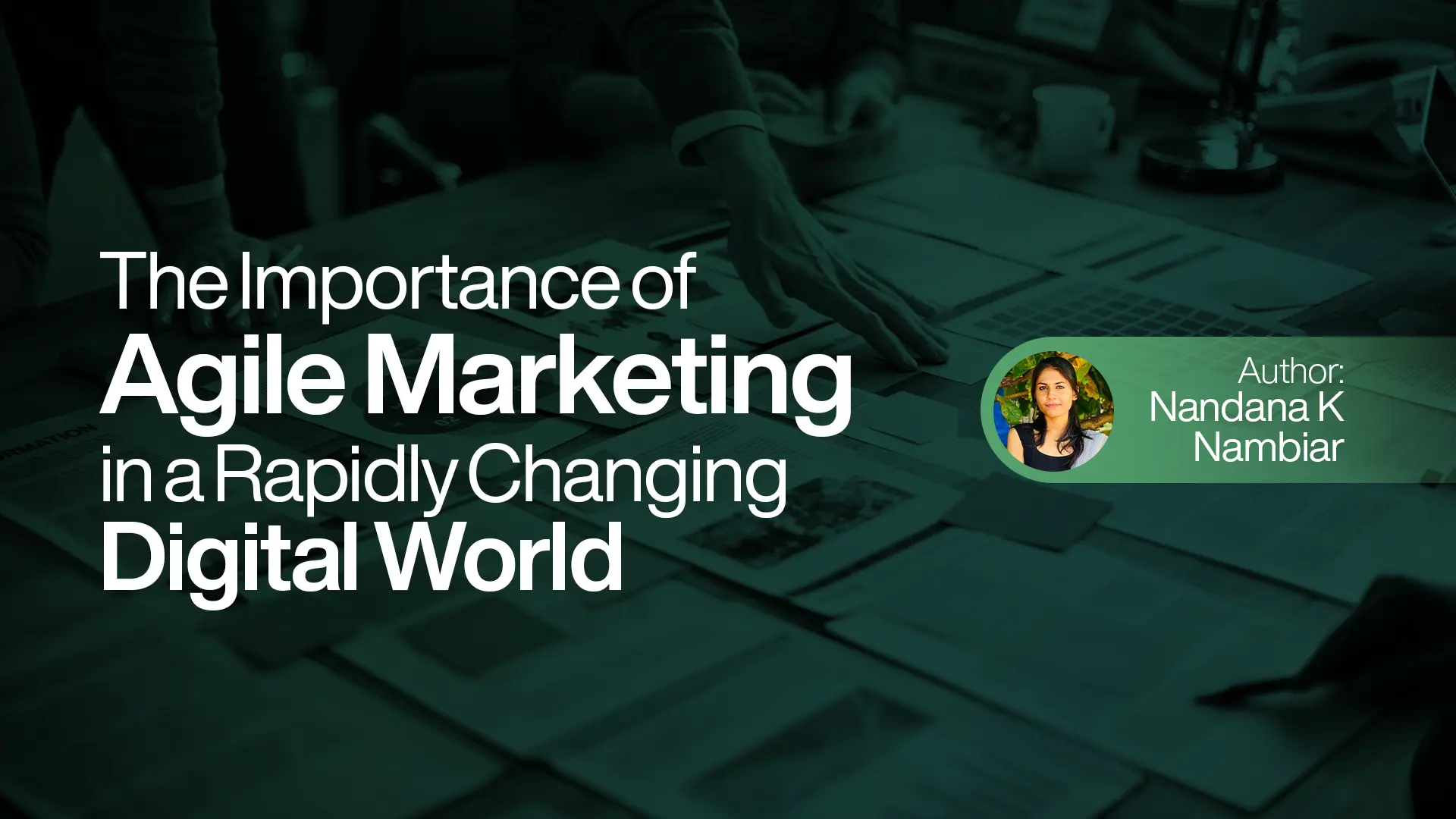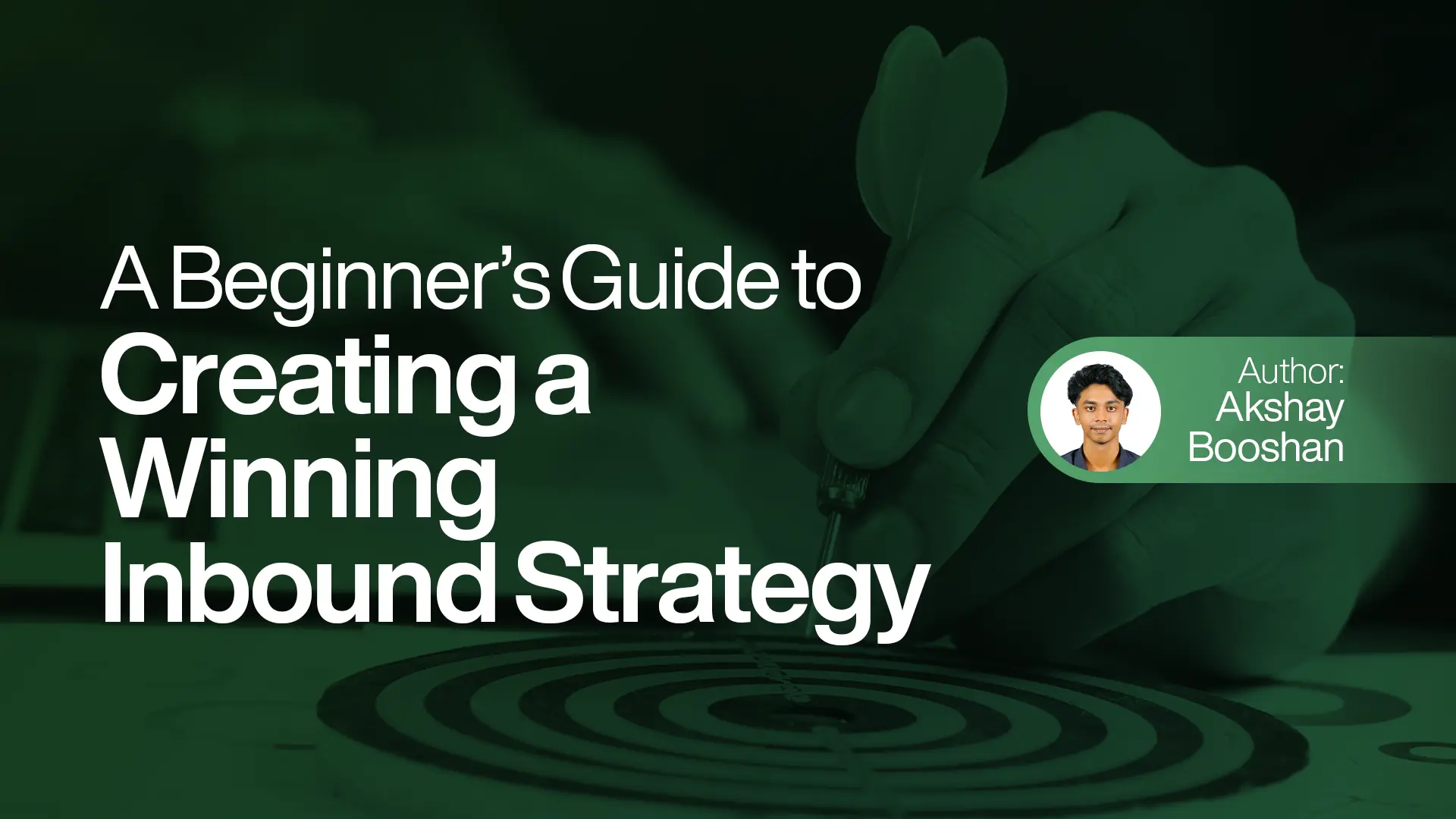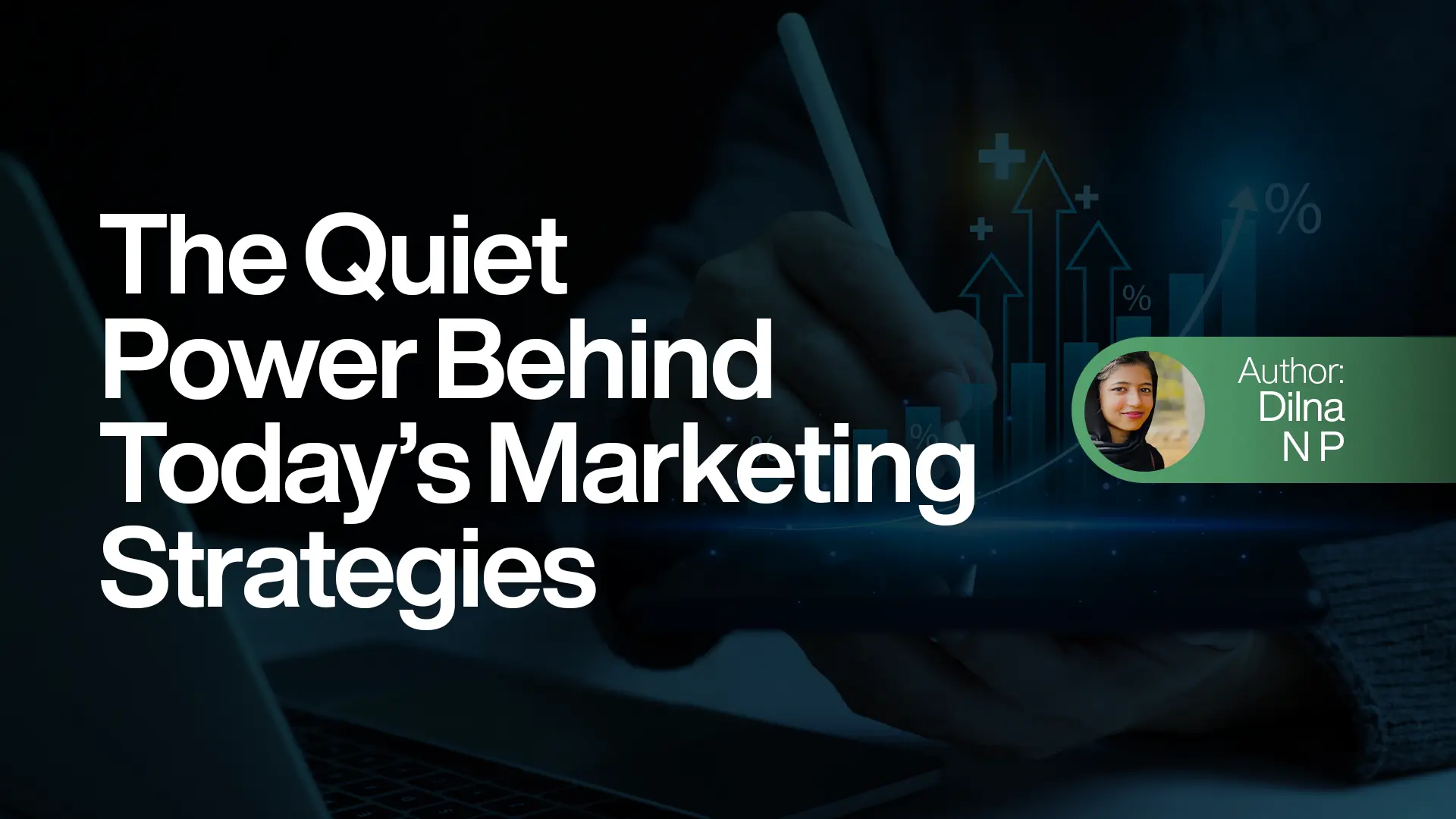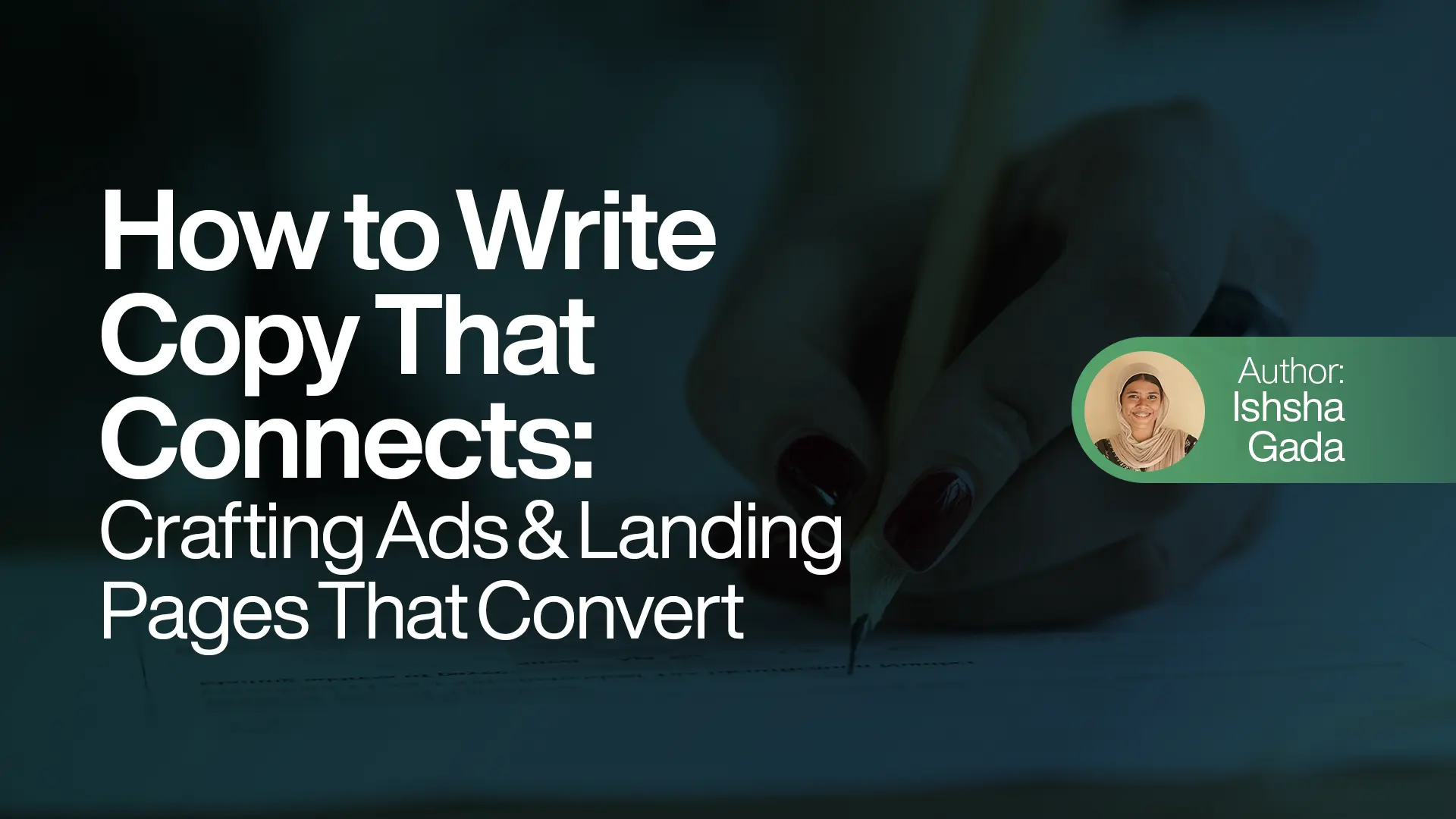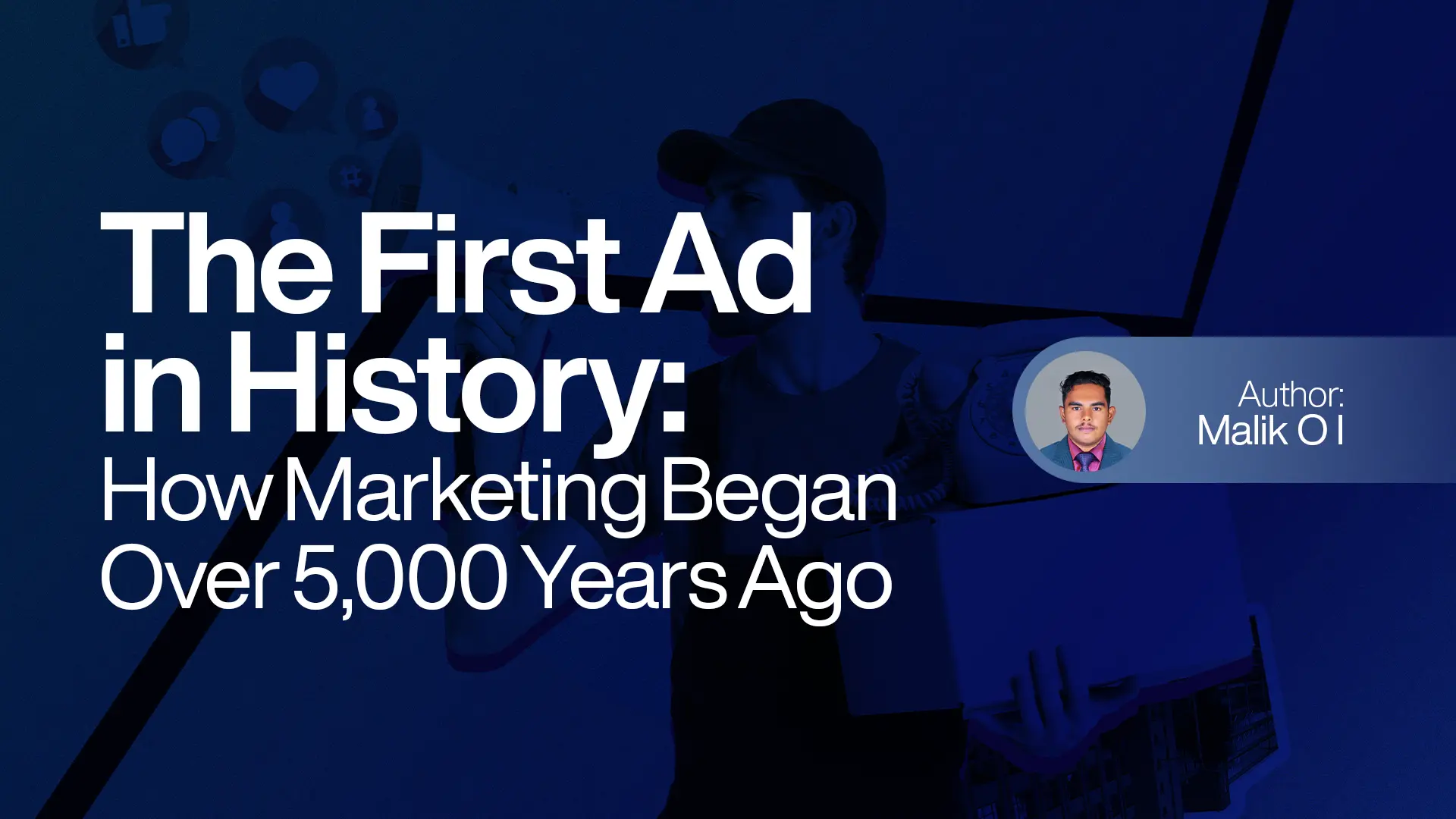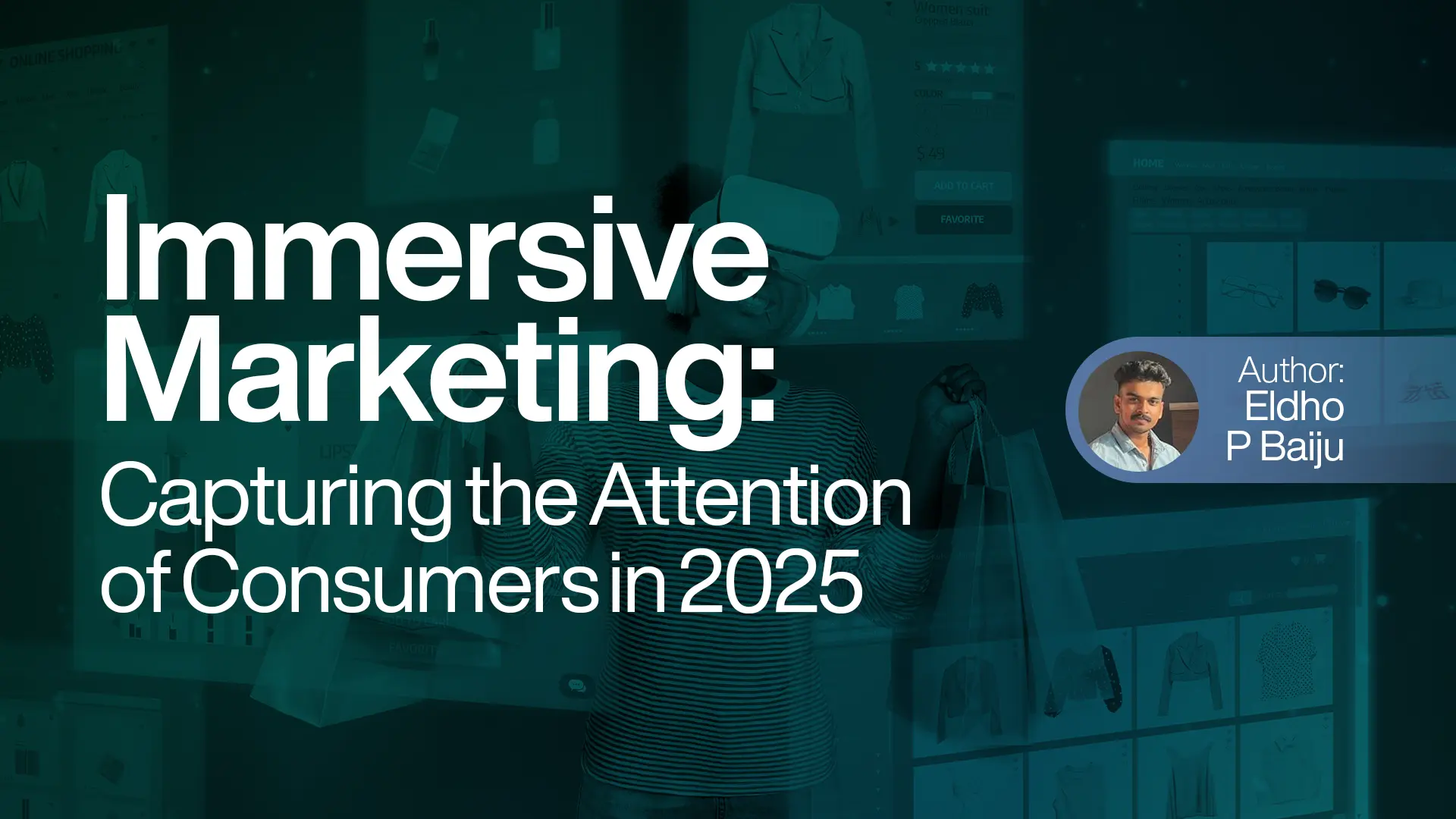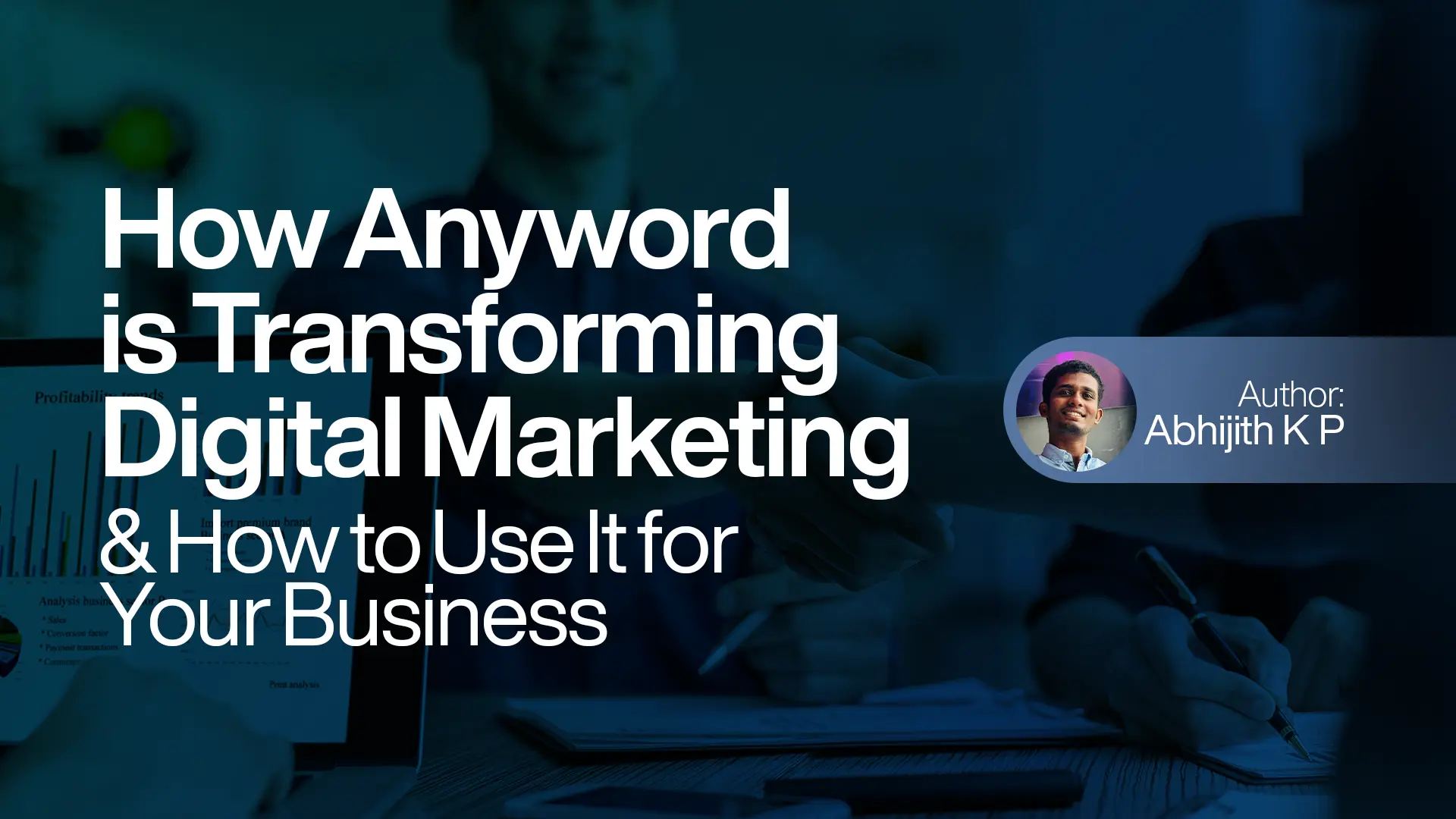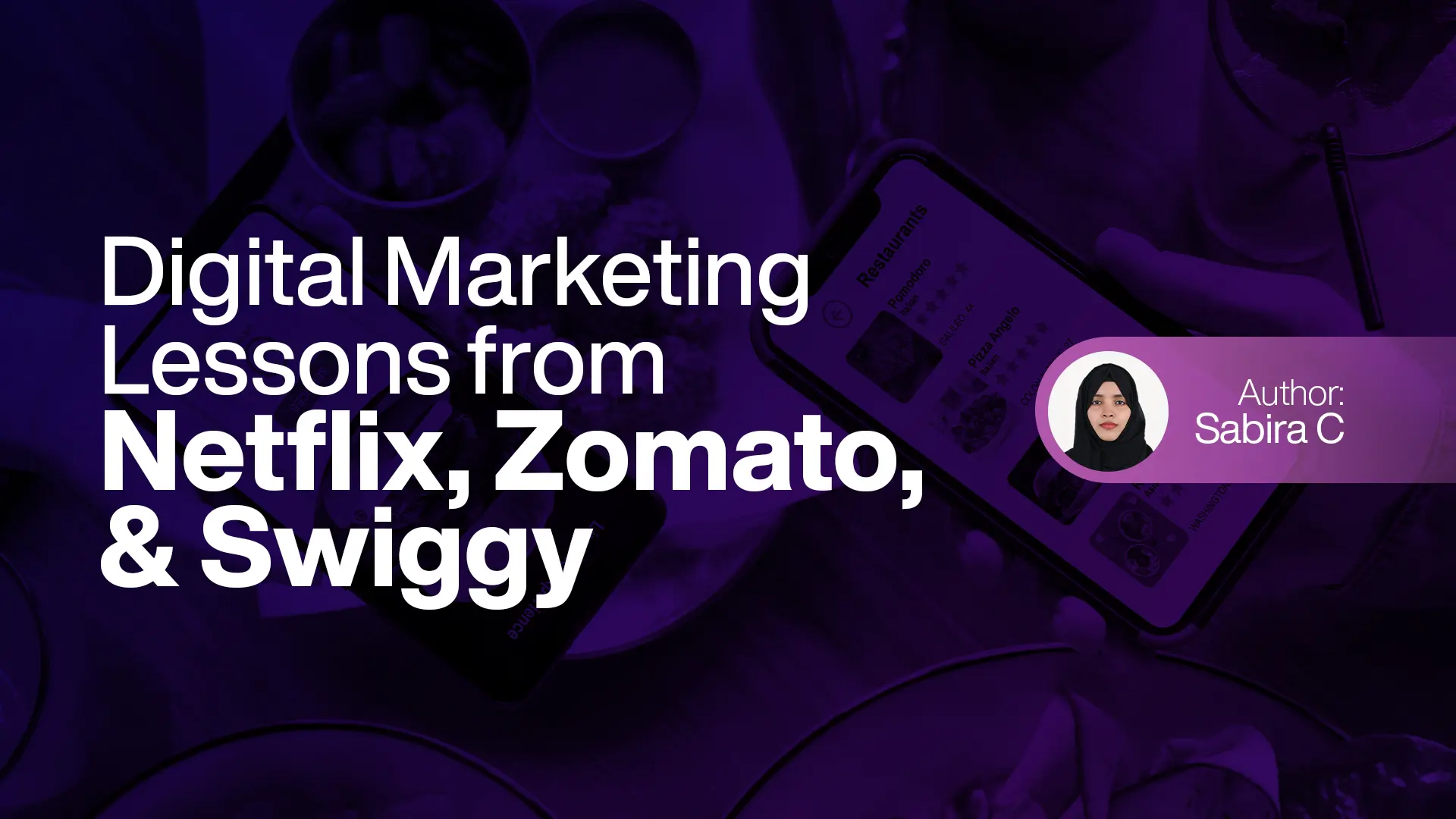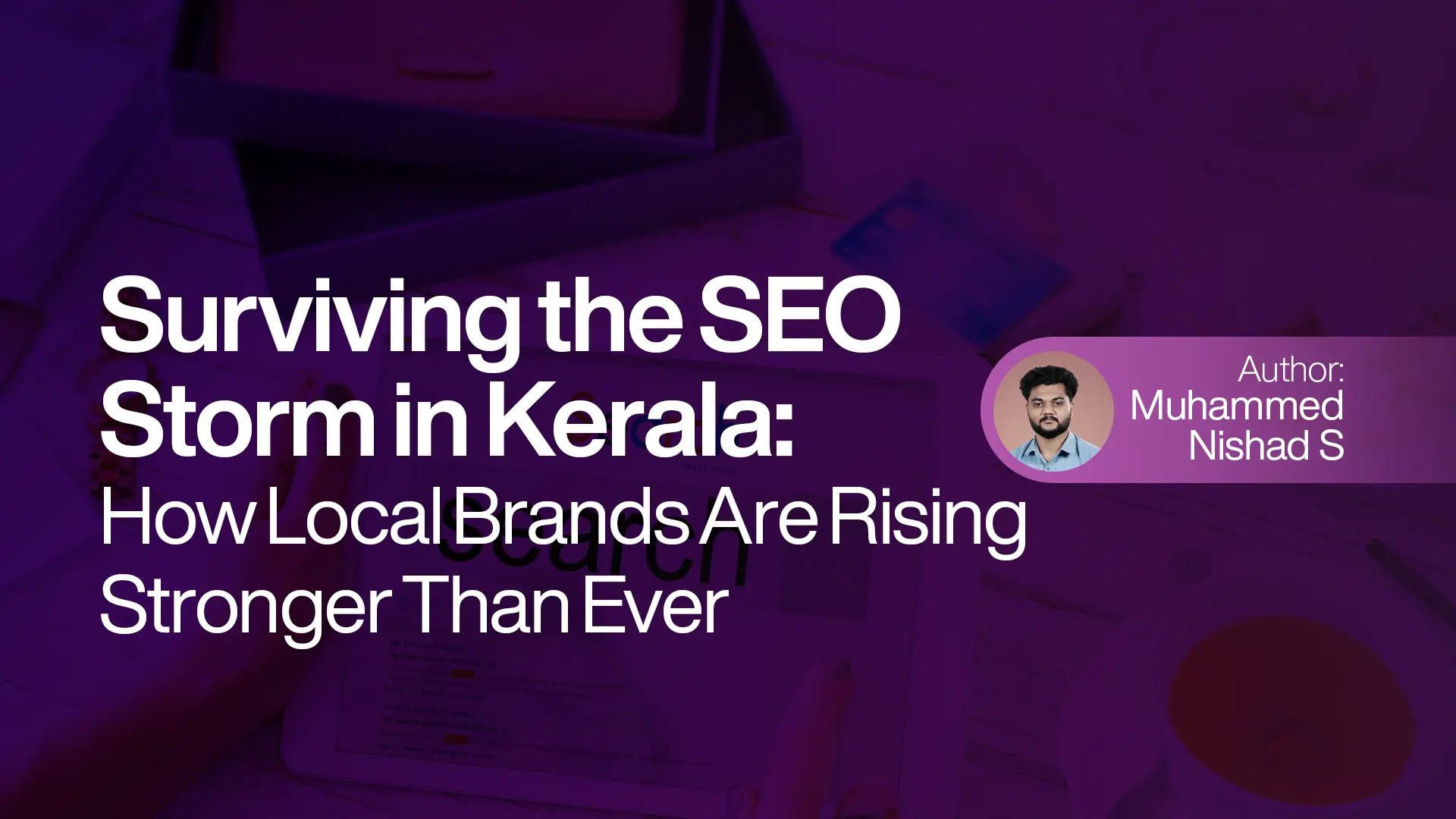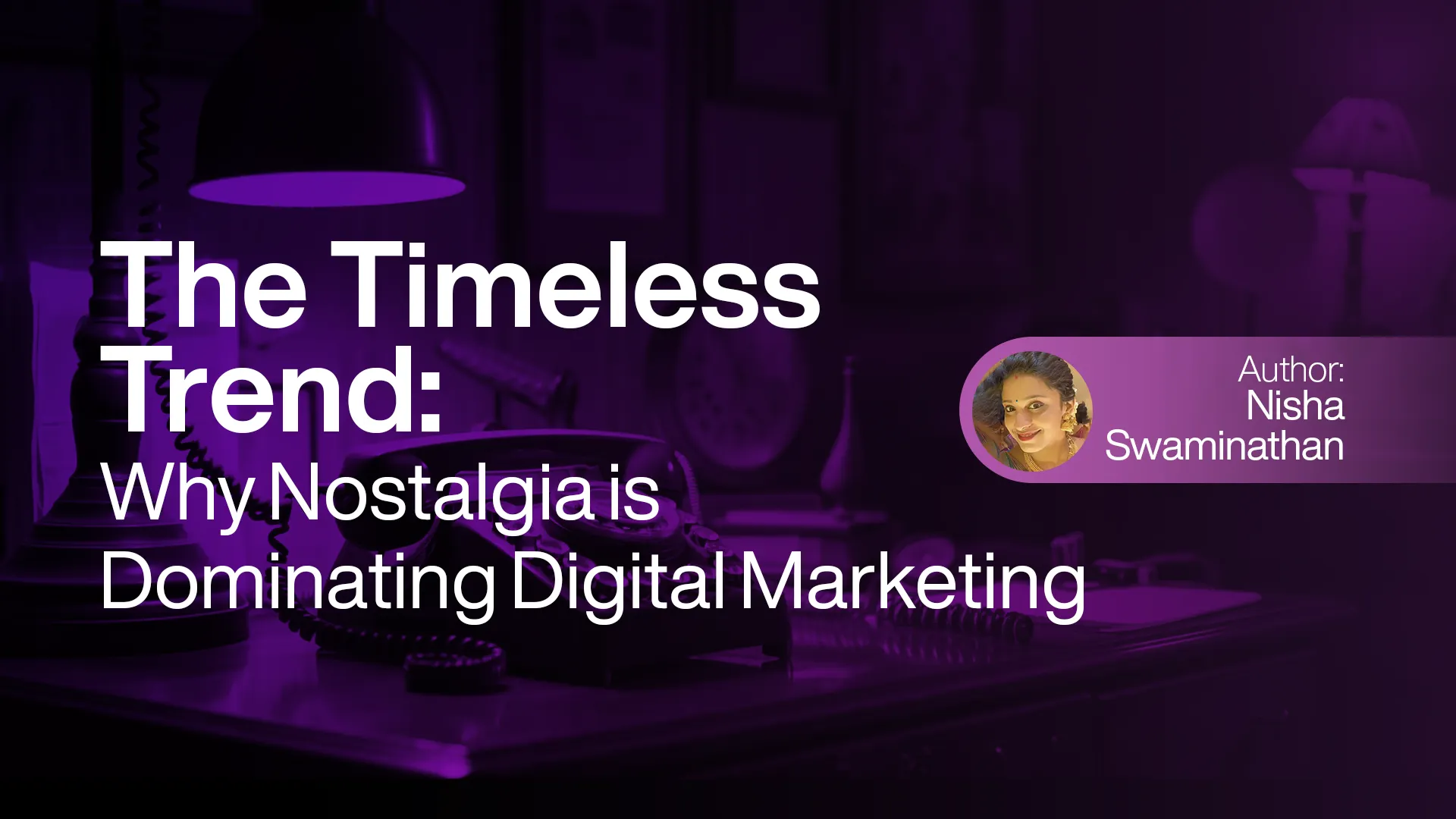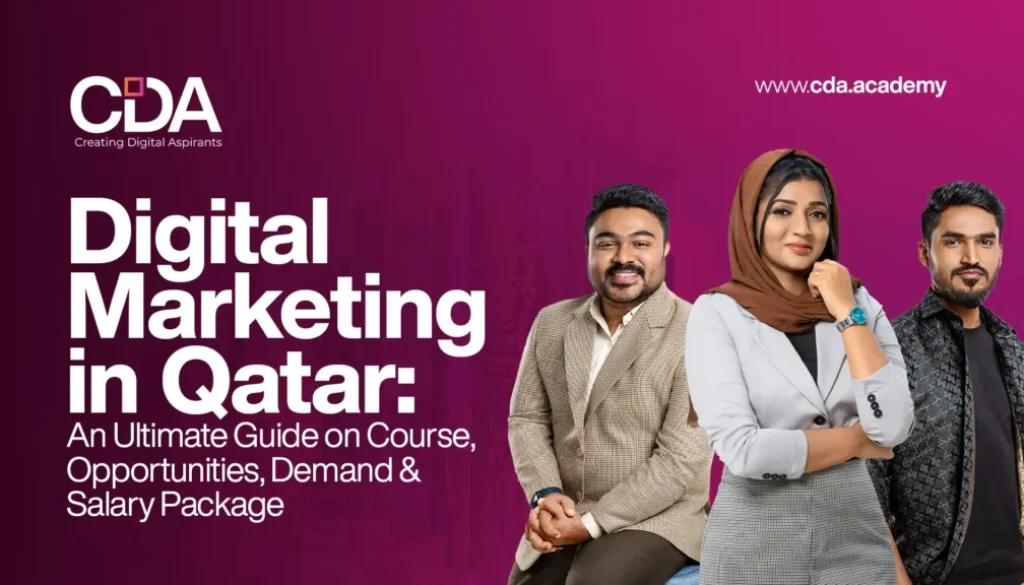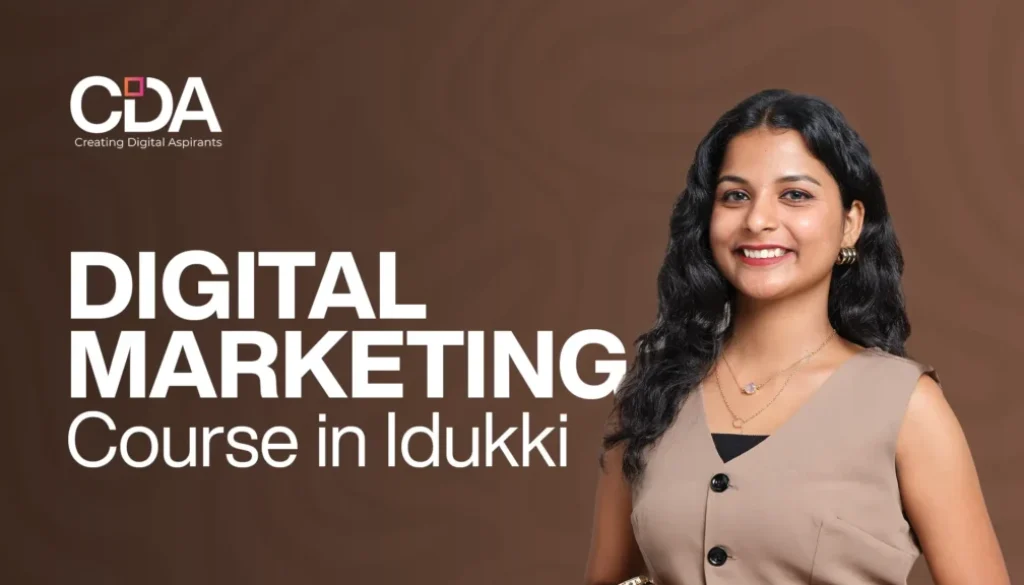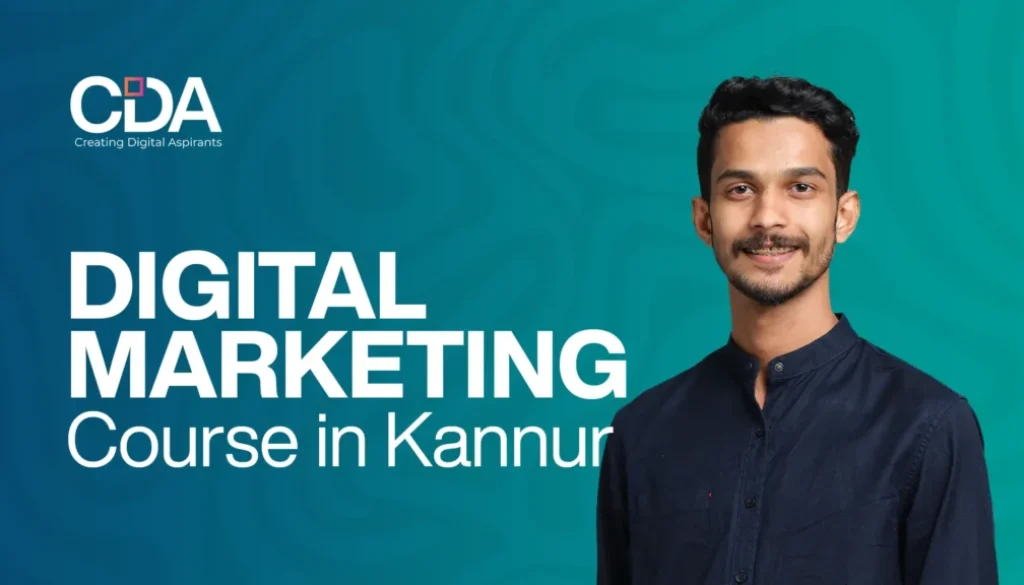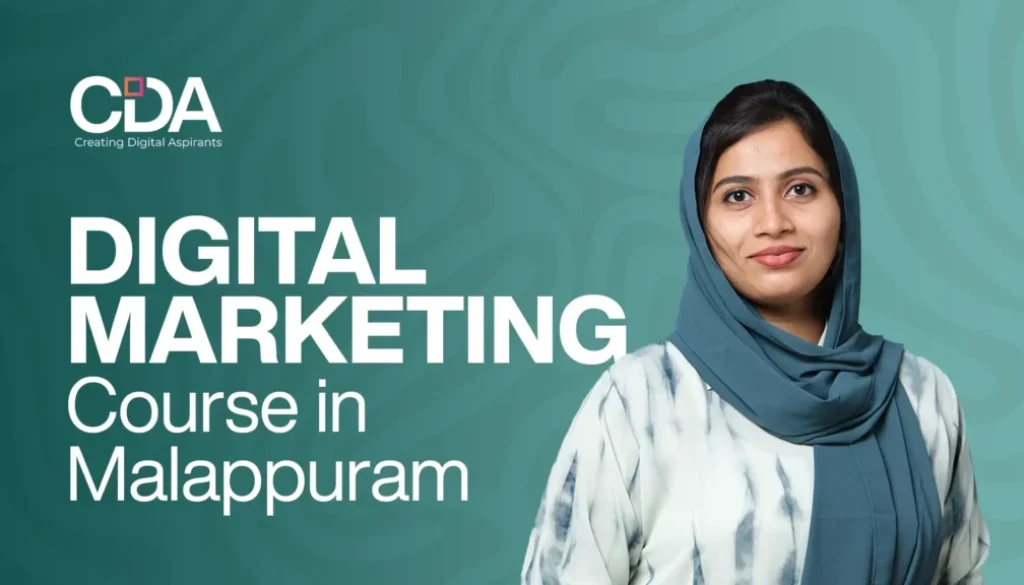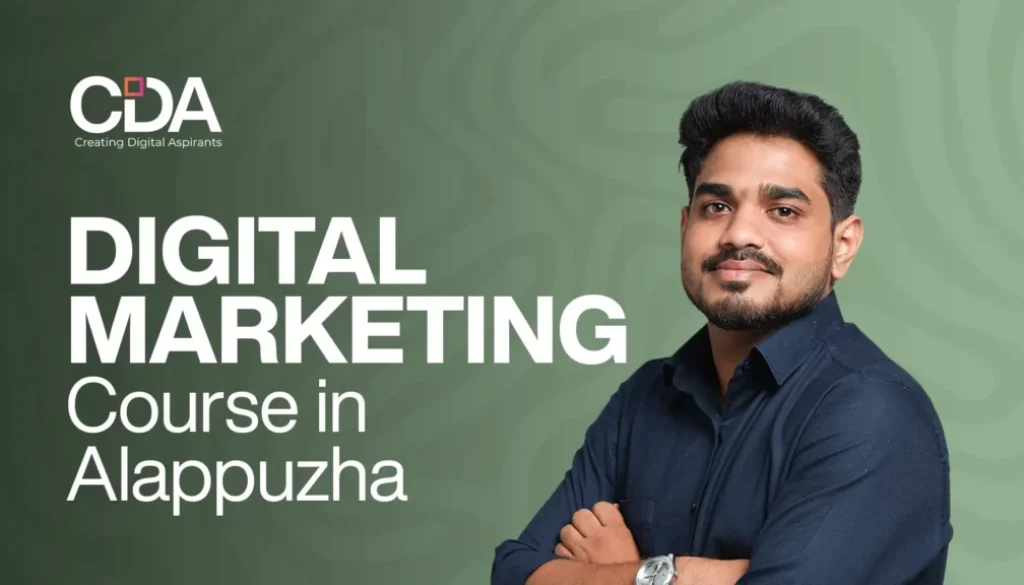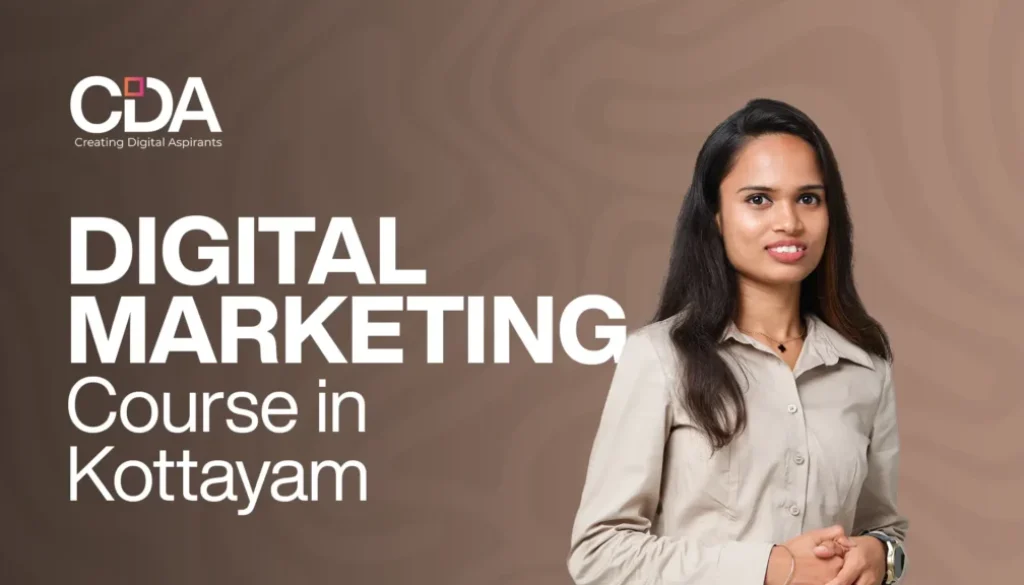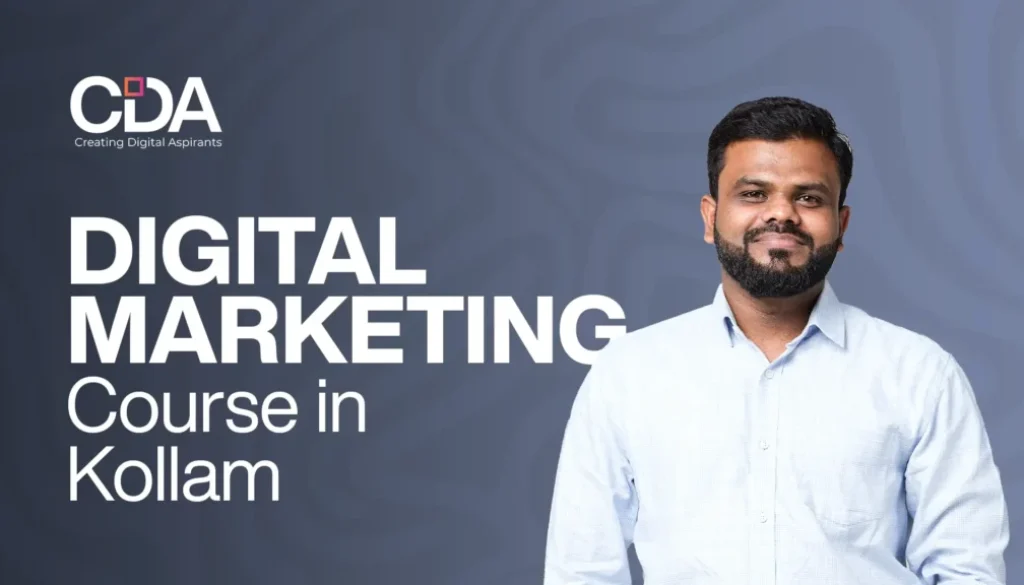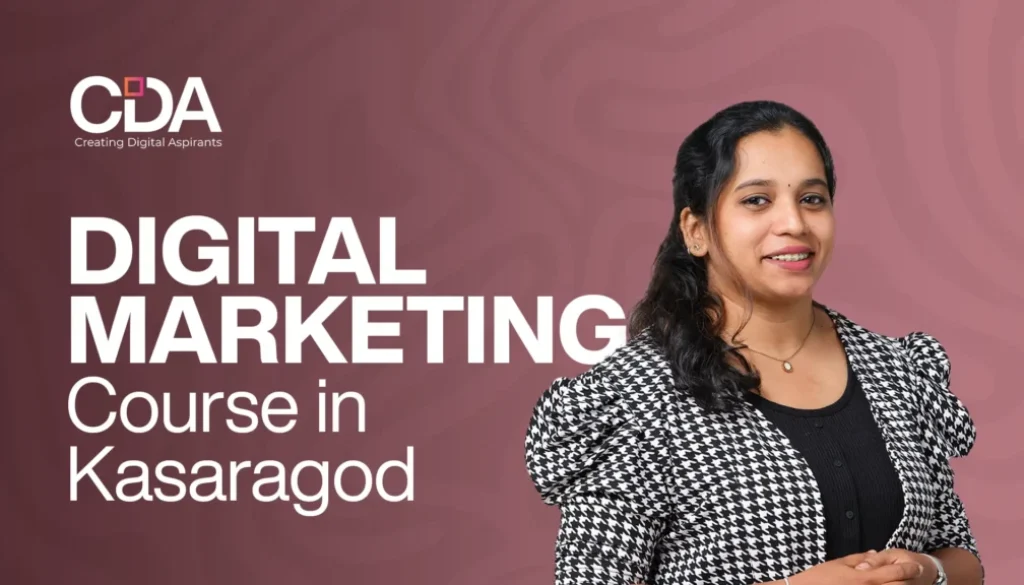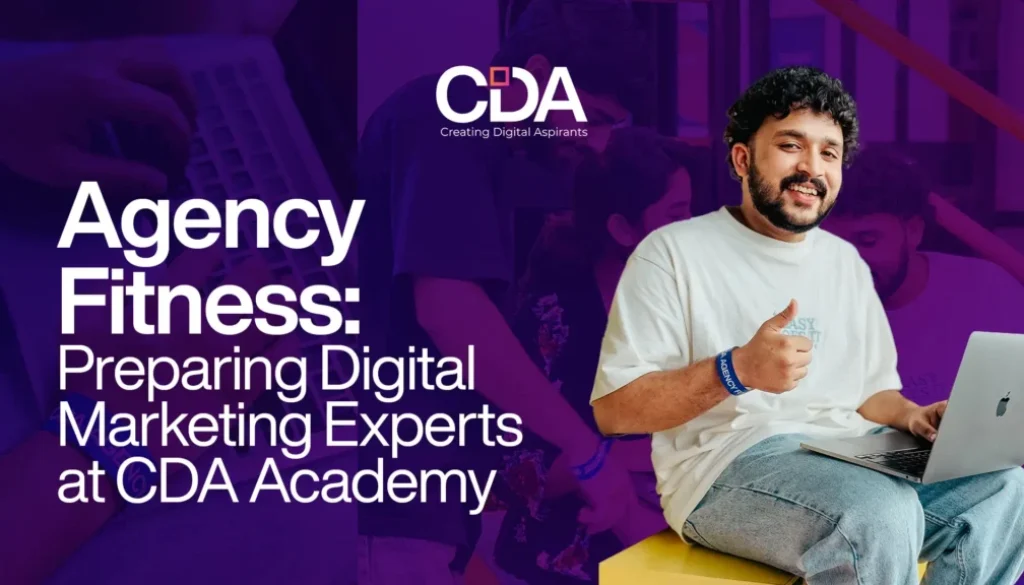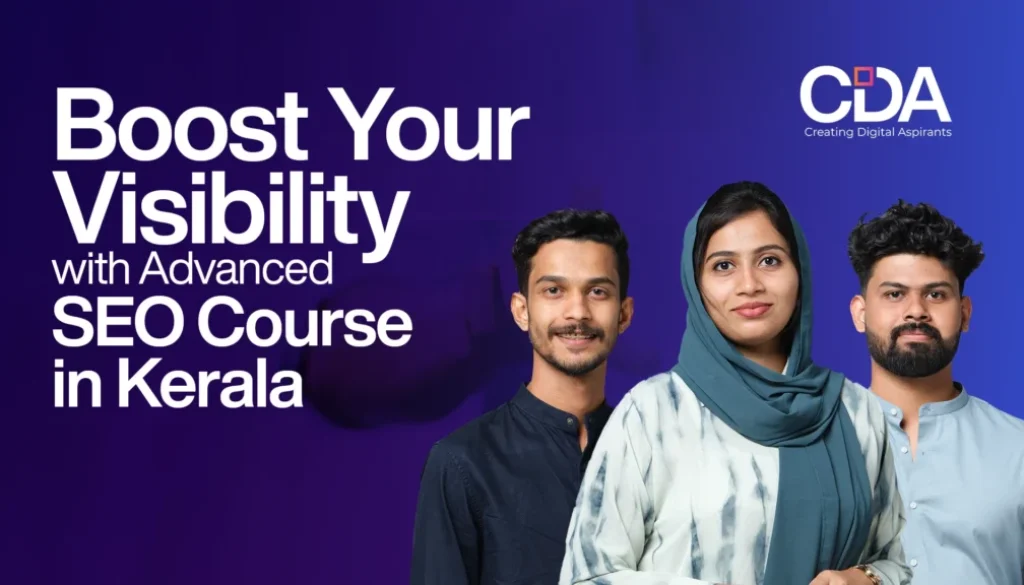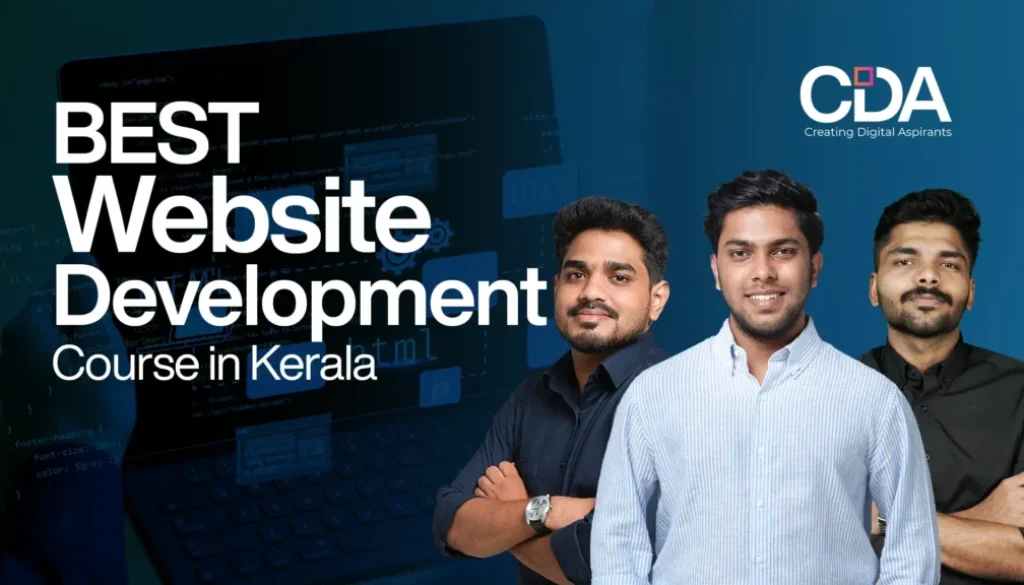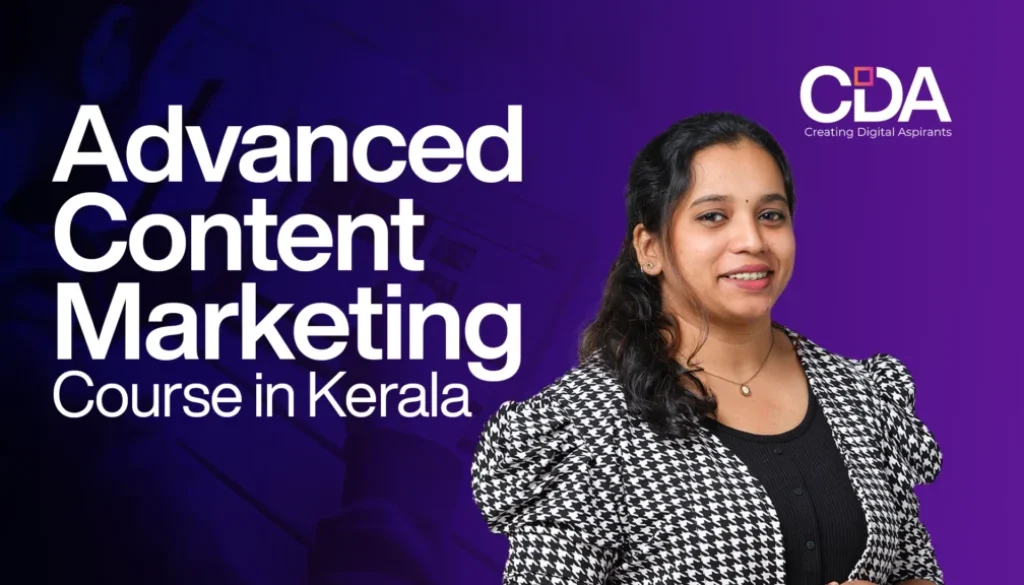There’s a moment we all recognize when the screen starts to blur, the fifth notification pops up in as many minutes, and your inbox reminds you you’ve been subscribed to more newsletters than you ever remember signing up for. That moment? It’s digital fatigue. By 2025, it’s no longer unusual it’s become the everyday reality.
Digital fatigue is the natural burnout that happens when people are exposed to excessive amounts of online content, screens, ads, and distractions. As digital marketers, we face a tough truth: the very platforms we use to reach people are the ones exhausting them. So the question becomes how do we connect without contributing to the overwhelm?
At CDA Academy, we believe marketing shouldn't be louder it should be smarter, slower, and more human. Let’s explore how brands can stand out without burning their audience out and how we teach this delicate art.
What Is Digital Fatigue, Really?
Digital fatigue isn’t just feeling tired of Zoom calls. It’s a behavioural and emotional response to:
- Endless notifications
- Constant information overload
- Pressure to engage or respond instantly
- A never-ending stream of marketing messages
This fatigue leads to:
- Declining email open rates
- Skipped ads
- Muted videos
- Shorter attention spans
- Trust erosion
In short, the more we push, the more people pull away. Traditional marketing tactics that relied on volume and repetition are starting to backfire.
The Shift: From Attention-Grabbing to Attention-Respecting
Modern marketing can no longer operate on interruption. It needs to be about invitation.
Instead of shouting louder, we need to:
Be more intentional
Say something that matters, not just something to be seen
Respect the limited mental space people have online
This shift from attention-grabbing to attention-respecting changes everything—from how we write emails to how we create ads and plan content calendars.
Strategies That Work With Digital Fatigue, Not Against It
Here’s how smart marketers are adapting in a burnt-out digital world:
1. Minimalist Content, Maximum Meaning
Not every post needs to be packed with hashtags, emojis, and CTAs.“At times, one well-placed sentence or question can echo louder than an entire paragraph.”
Tip: Strip away the fluff. Ask, “Is this helpful, honest, and human?” before posting.
2. Slow Content Over Content Spam
Instead of pushing daily posts, focus on fewer, high-quality pieces that are rich in insight and designed to be saved, shared, and revisited.
Example: In certain niches, in-depth LinkedIn posts or detailed Instagram carousels often drive more impact than fast-paced reels..
3. Design for Quiet Engagement
Silent scrolling is real. Most people browse with sound off and attention divided. Make content that connects visually without noise.
Use calm colours, readable fonts, and meaningful visuals instead of overly flashy animations.
4. Let Your Audience Breathe
Avoid over-emailing, over-posting, or bombarding your audience. Think of your communication like a conversation, not a campaign.
One well-timed email is better than three forced ones a week.
5. Be Human First
People want to feel understood not sold to. Ditch the pushy tone and lean into empathy. Speak like a person, not a brand.
Swap: “Don’t miss out on this offer!” for “Here’s something that might actually help.”
Case Study: How One Brand Reduced Output and Increased Engagement
Client: EarthNest A sustainable skincare startup
Challenge:
EarthNest came to us after experiencing a sharp drop in engagement across Instagram and email. Their content was regular 3 posts a week, 2 emails a week but nothing was landing. Their audience was tired. Worse, unsubscribes were rising.
Strategy Shift:
We ran a simple audit. The problem wasn’t what they were saying it was how often and how loudly. The audience felt overwhelmed.
Here’s what we did:
Cut posts from 3 to 1 per week, but focused on deep storytelling founder notes, customer journeys, behind-the-scenes
Turned weekly emails into monthly love letters offering useful skincare tips, not product pitches
Added one “quiet reel” per month just soothing visuals of product textures, nature clips, and gentle music
Results in 60 Days:
Engagement rate went up by 45%
Email open rates jumped from 14% to 28%
Customer DMs increased, asking deeper questions about ingredients and routines
They gained fewer followers but more loyal, responsive ones
Lesson: Less noise created more connection. EarthNest didn’t grow faster they grew better.
What We Teach at CDA: The Art of Mindful Marketing
At CDA Academy, we’re not just teaching tools we’re teaching tactics with empathy baked in.
Here’s how we train our students to market in the age of digital fatigue:
"Shaping emotions through every sentence and screen element."
Content Psychology: Knowing how content affects mental space and mood
Platform Etiquette: Learning how each platform’s audience prefers to be approached
Ethical Scheduling: Avoiding content fatigue through smarter timing
Human-Centered Messaging: Crafting words that speak to, not at people
“Modern marketing isn’t about flooding timelines it’s about creating moments that matter. It’s about adding meaning to the feed.
Final Thought: In a Loud World, Quiet Brands Win
Digital fatigue isn’t going away it’s getting stronger. And as marketers, we have a choice: continue overwhelming people, or become the brand they turn to when they.

